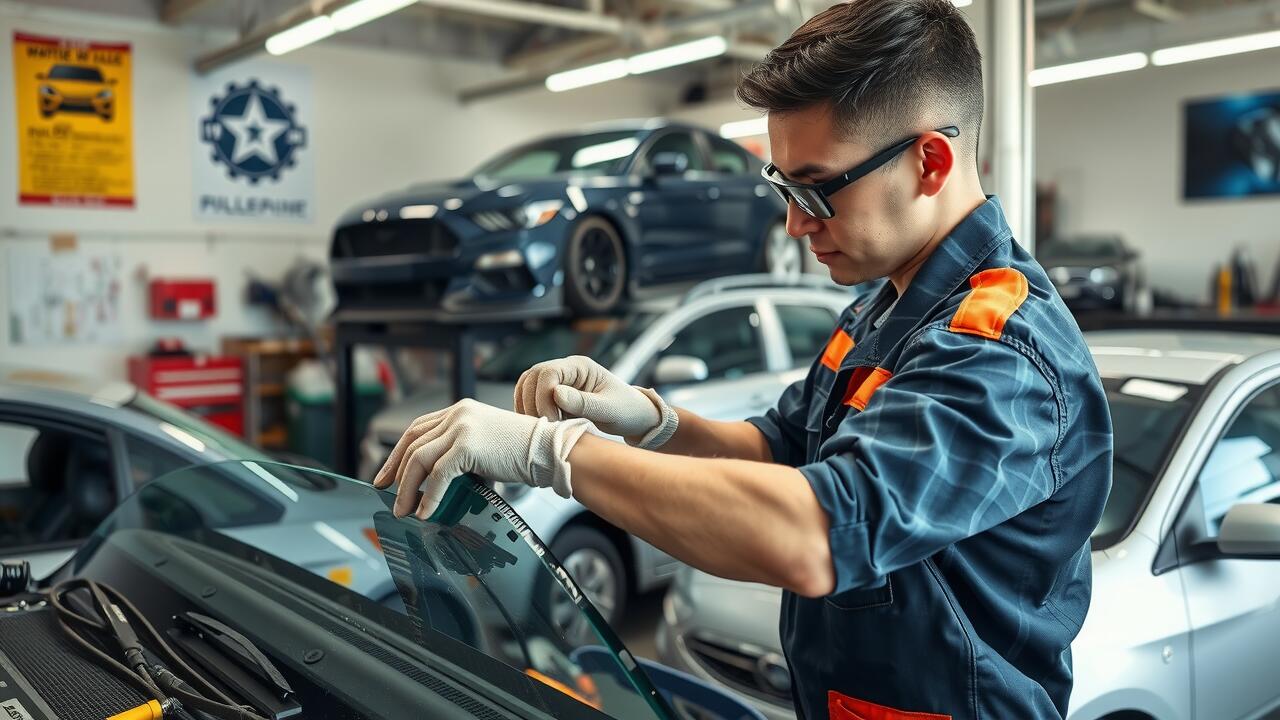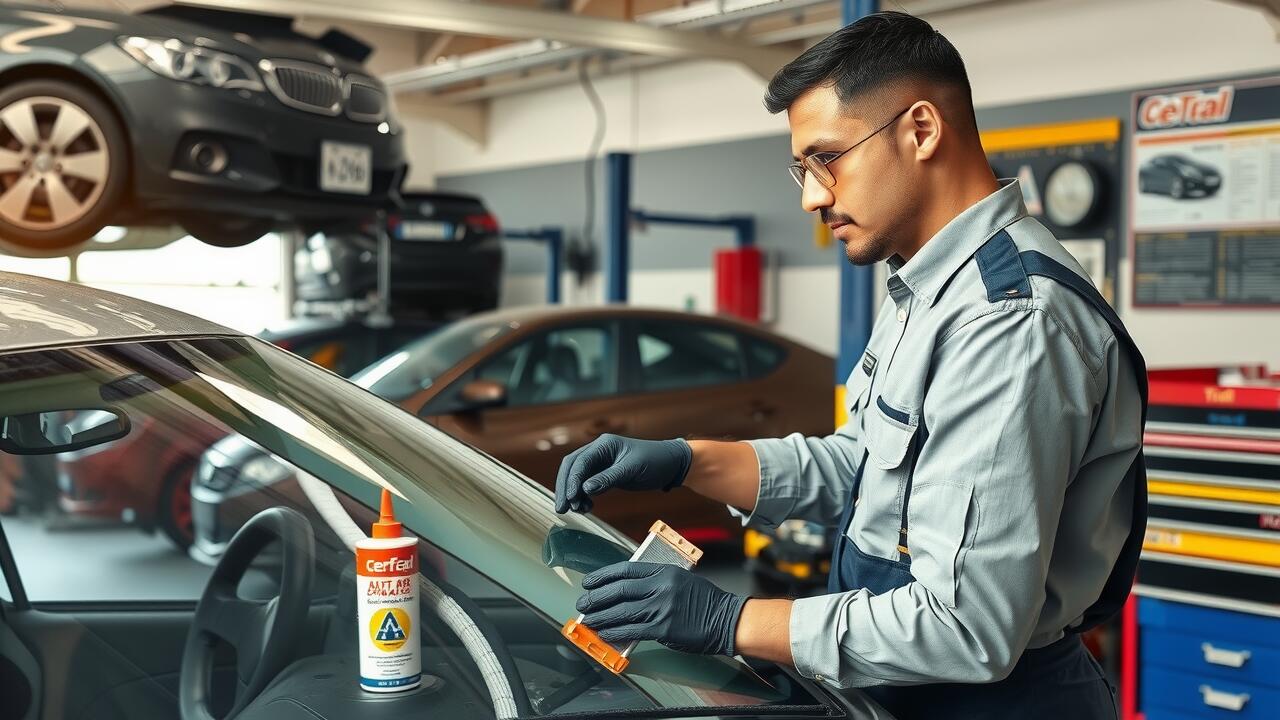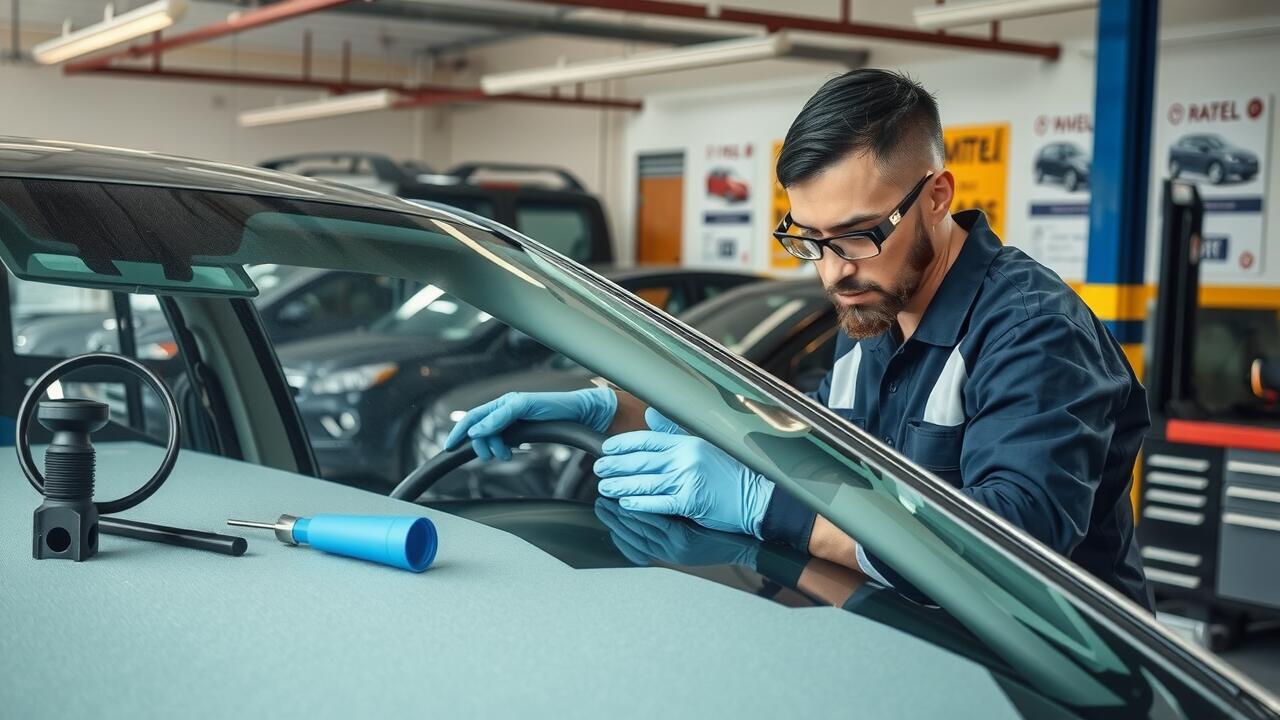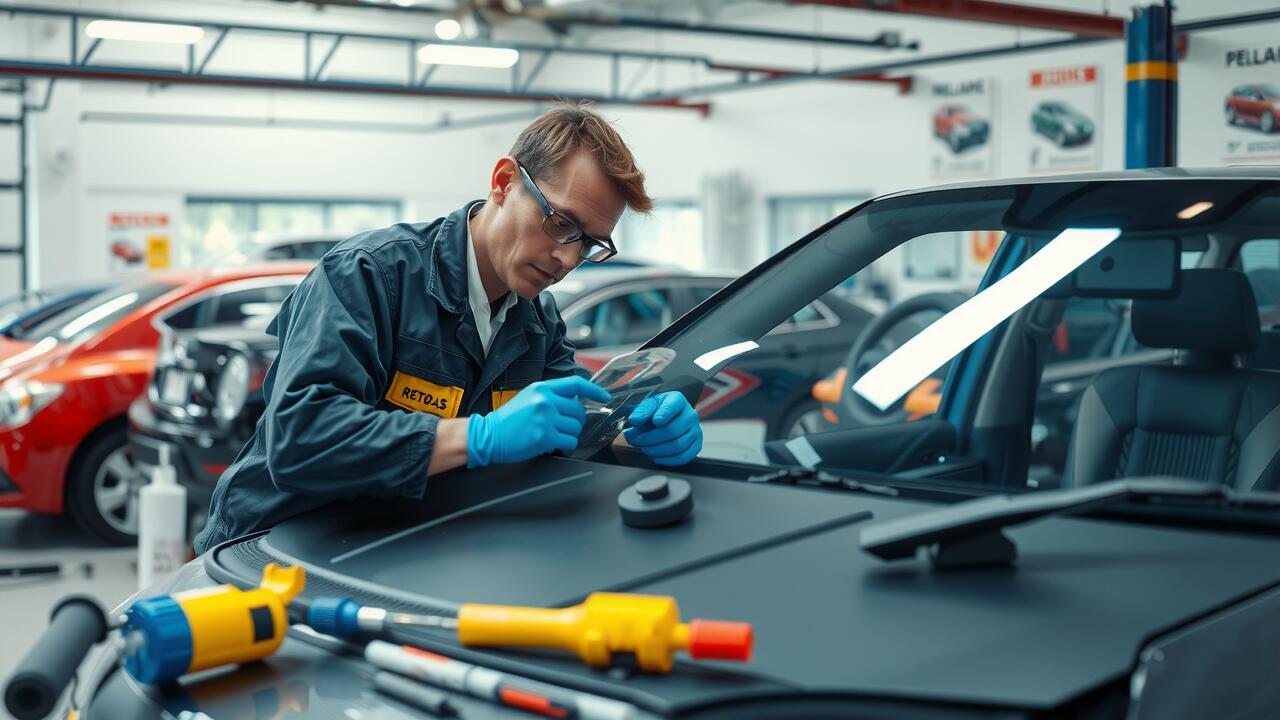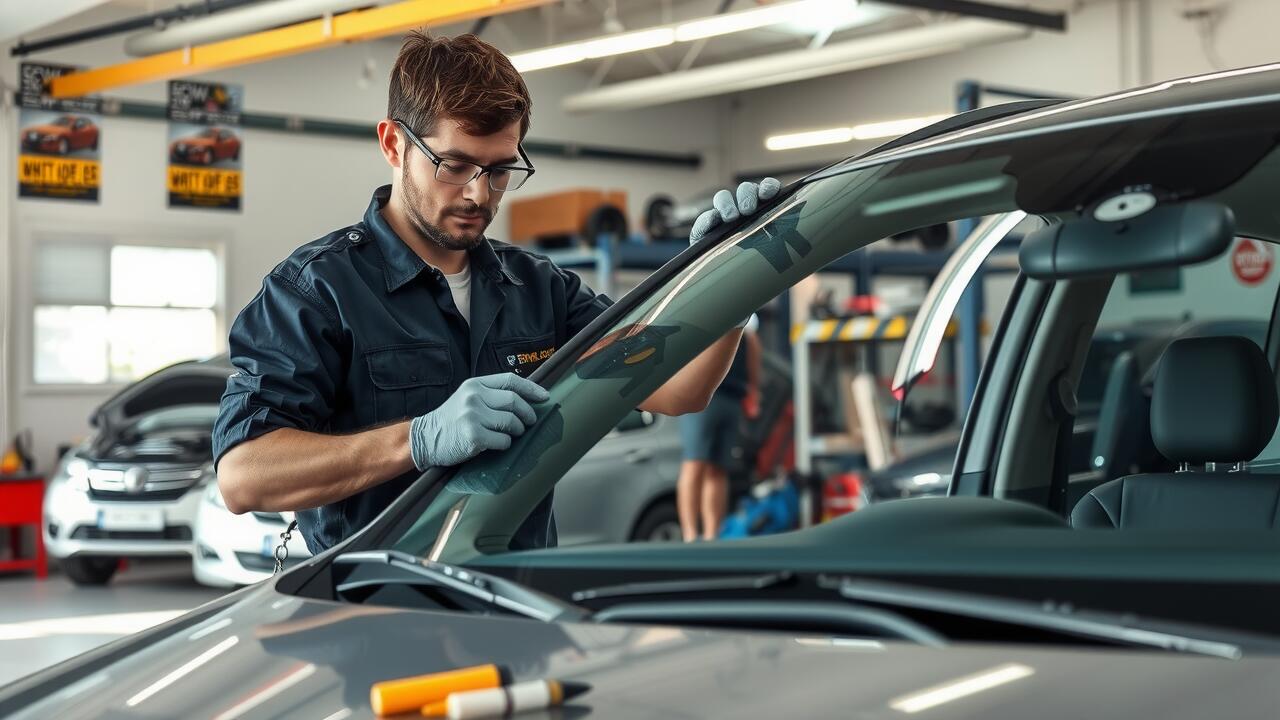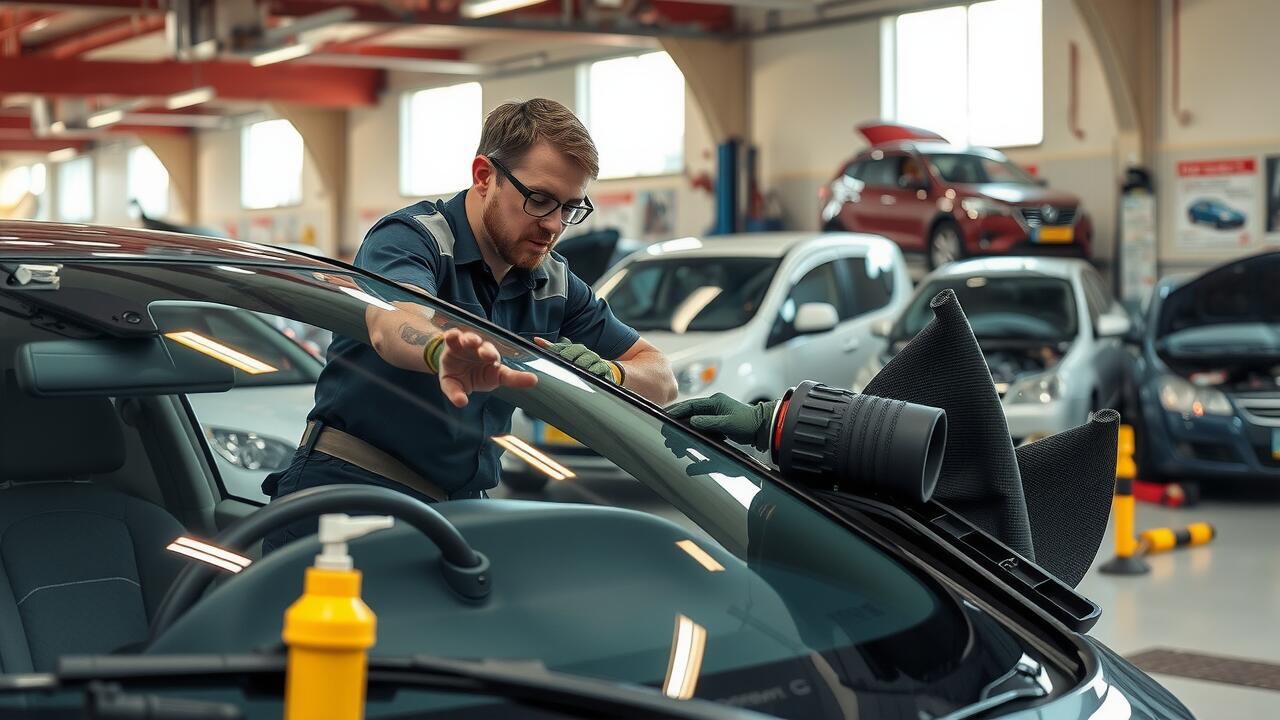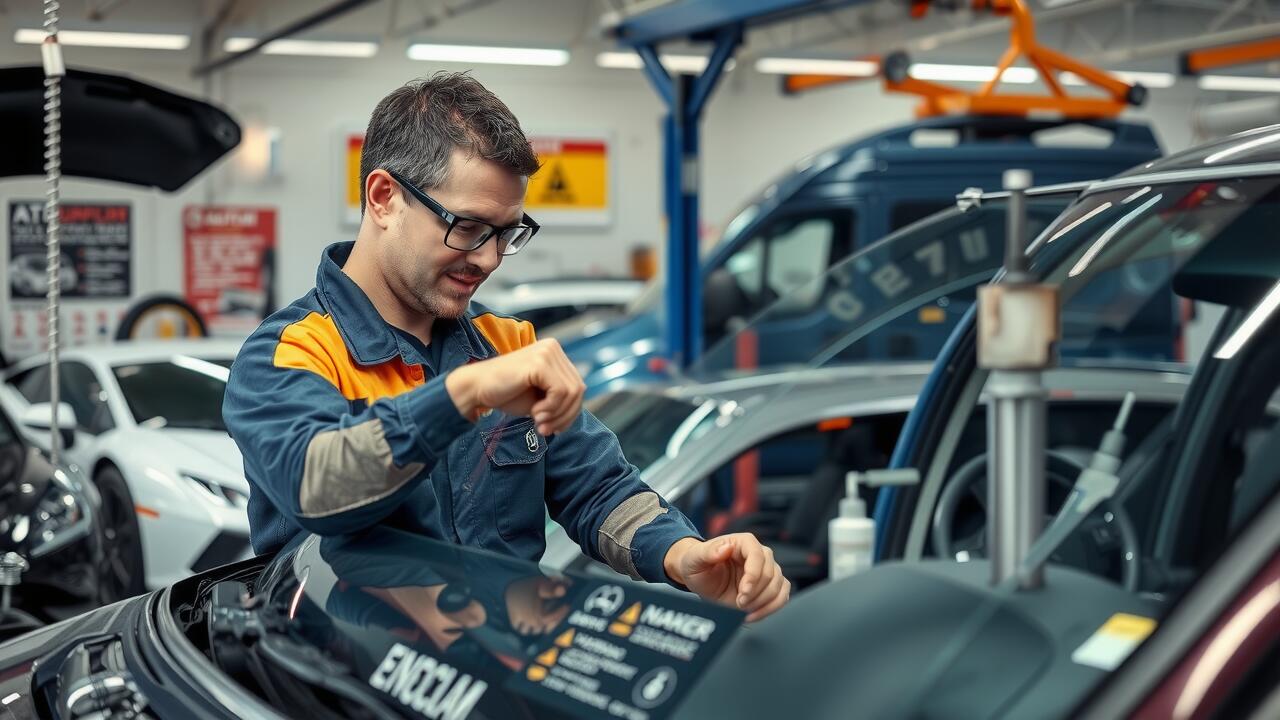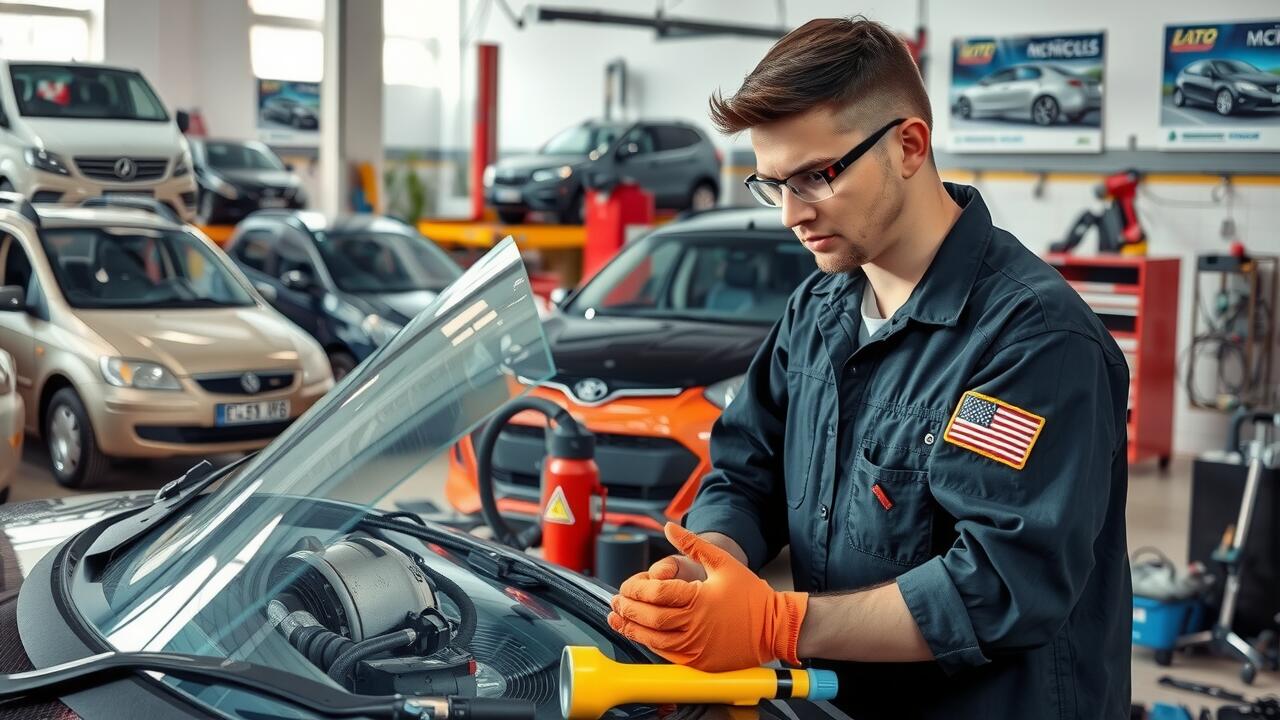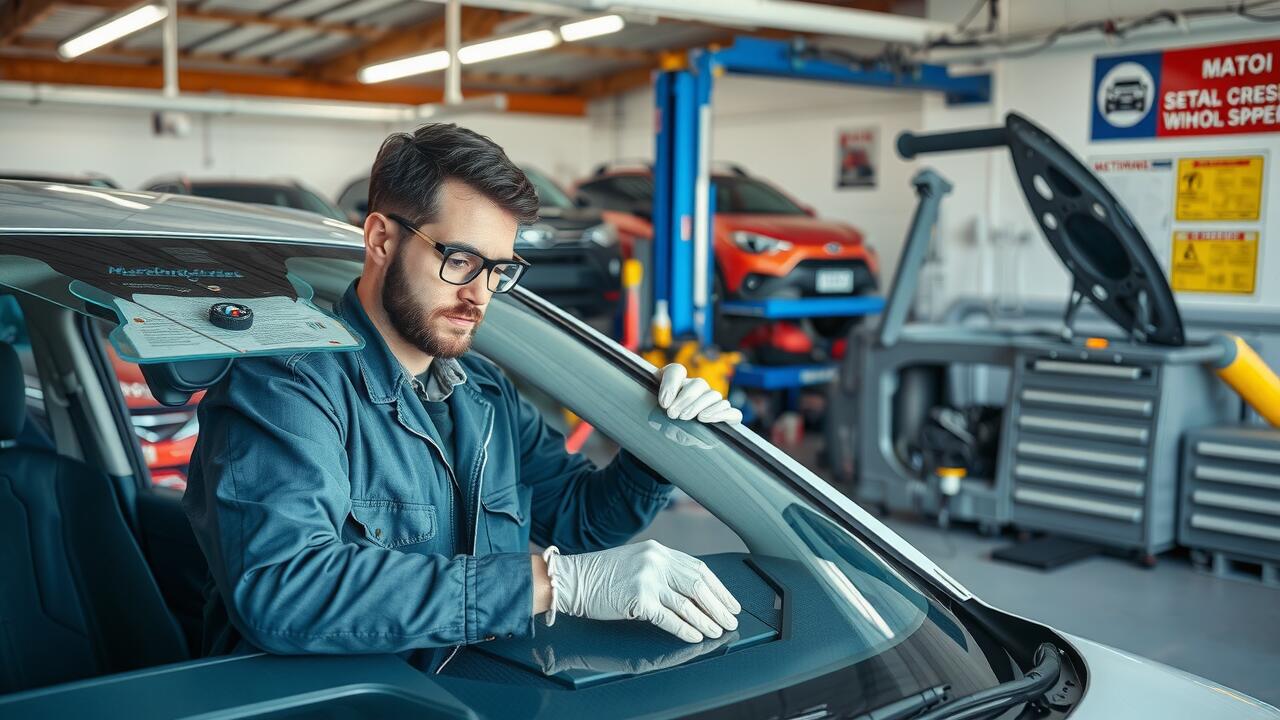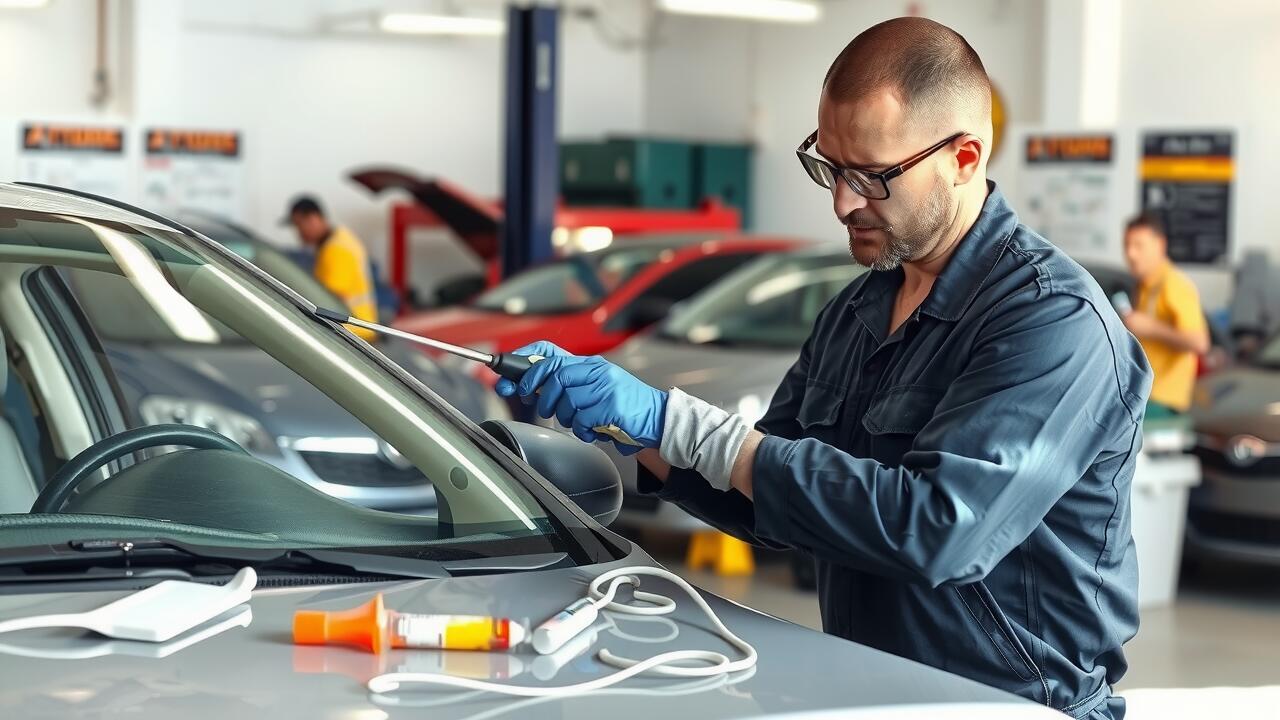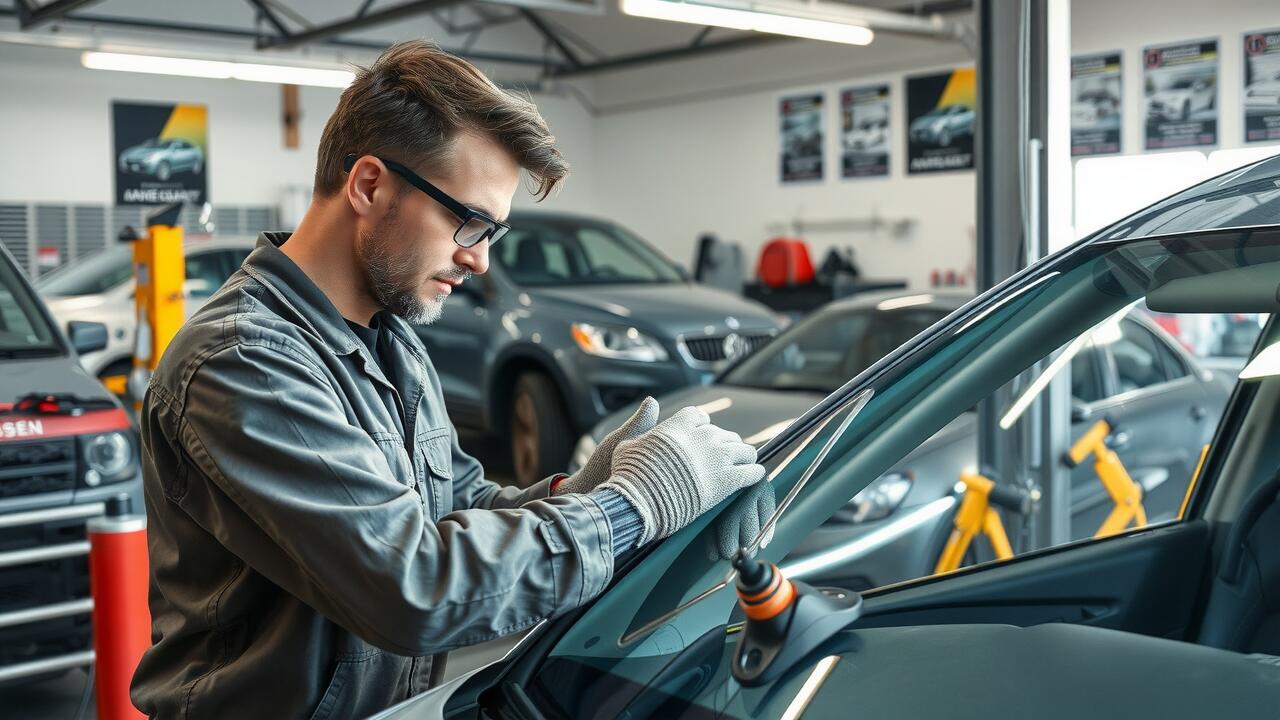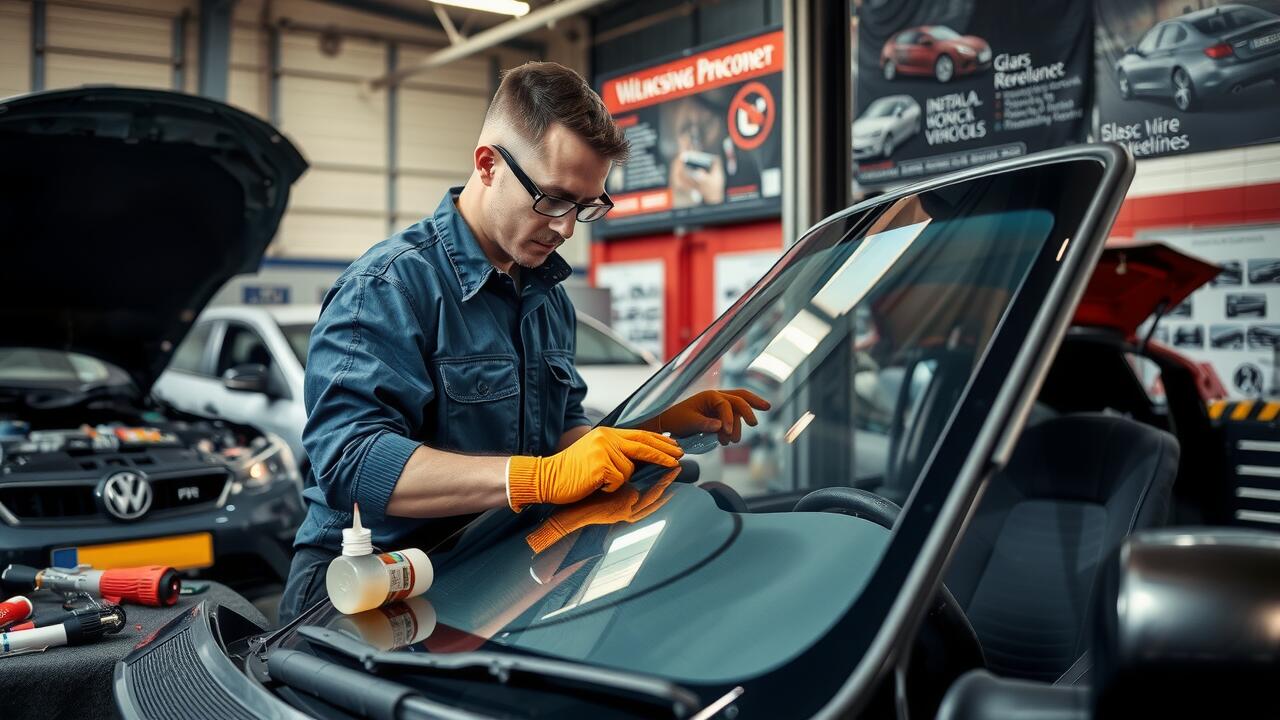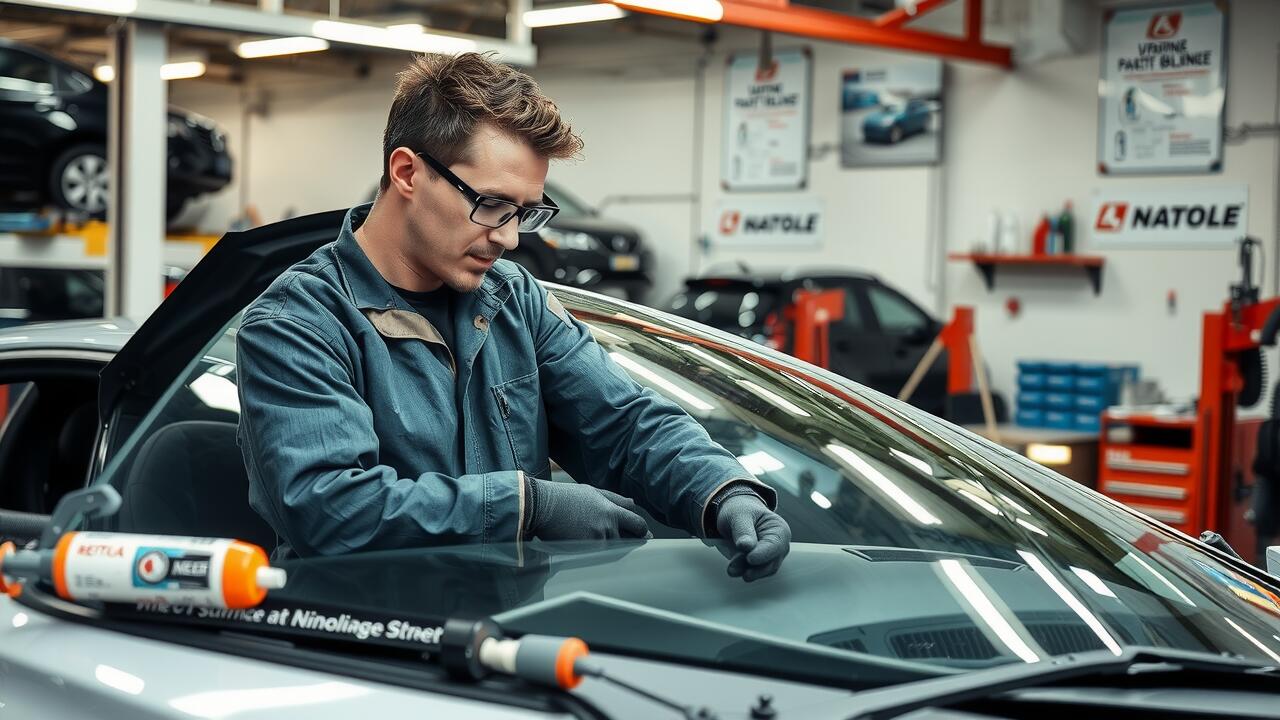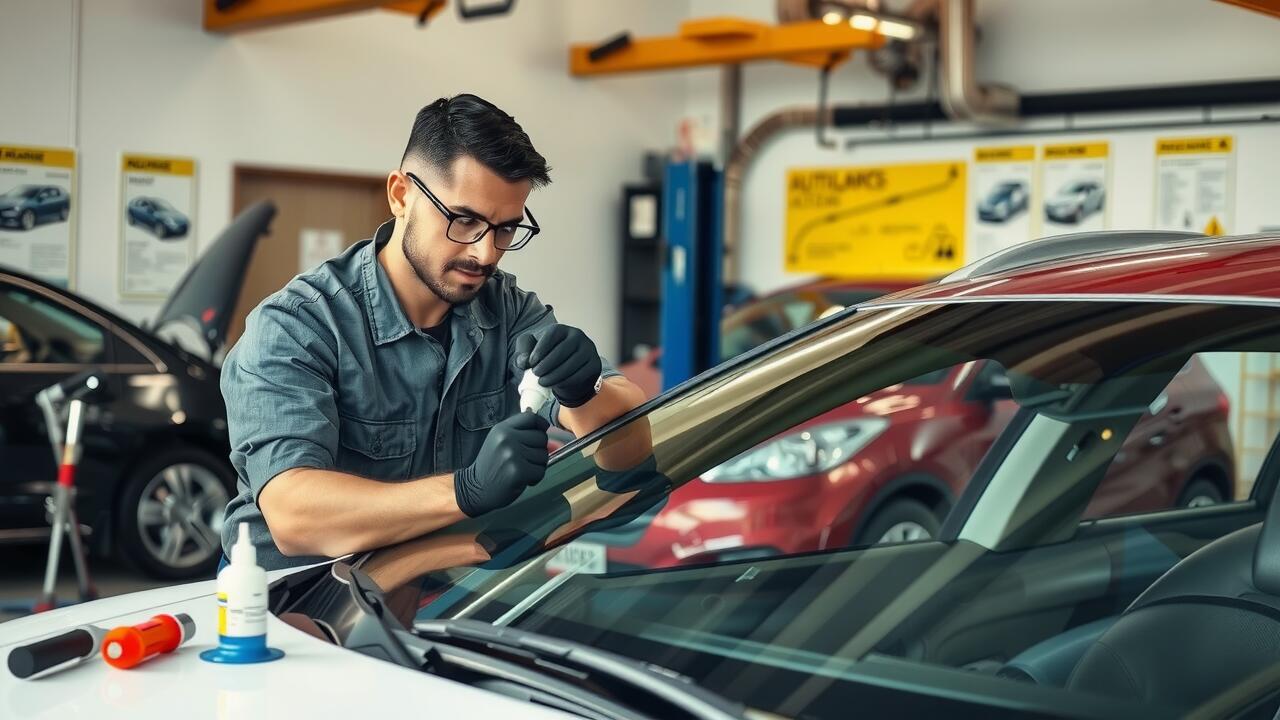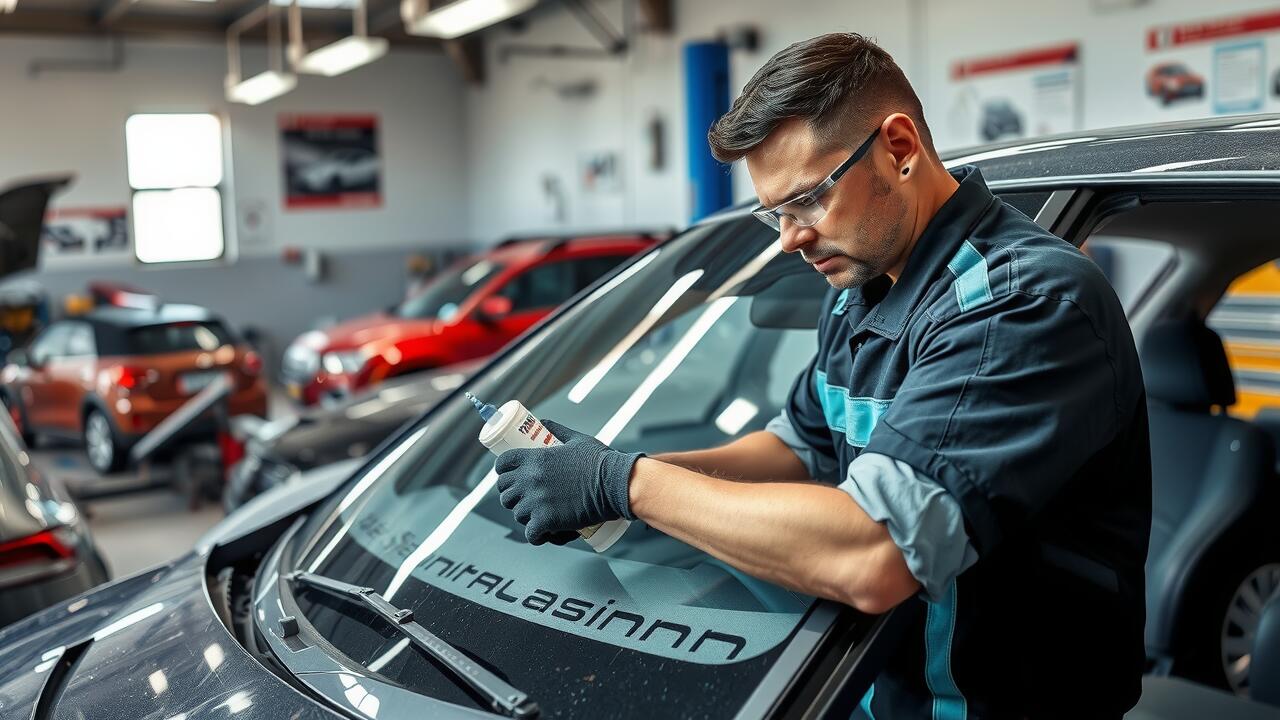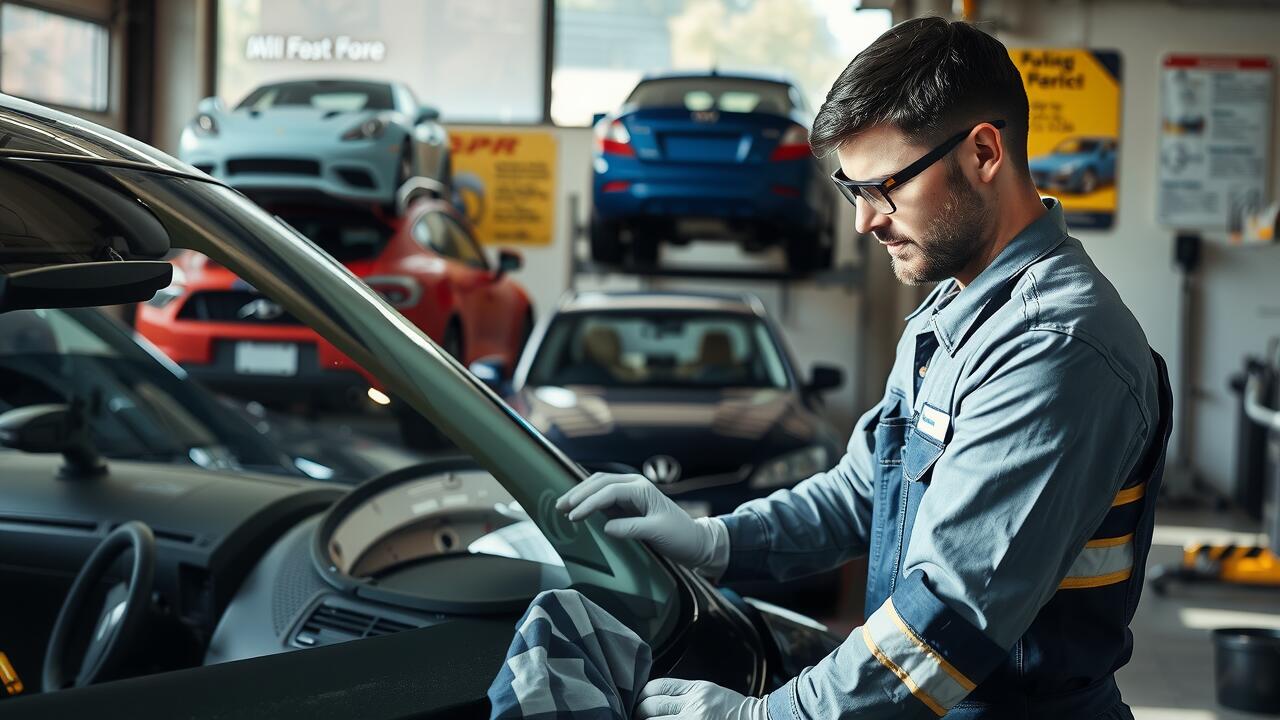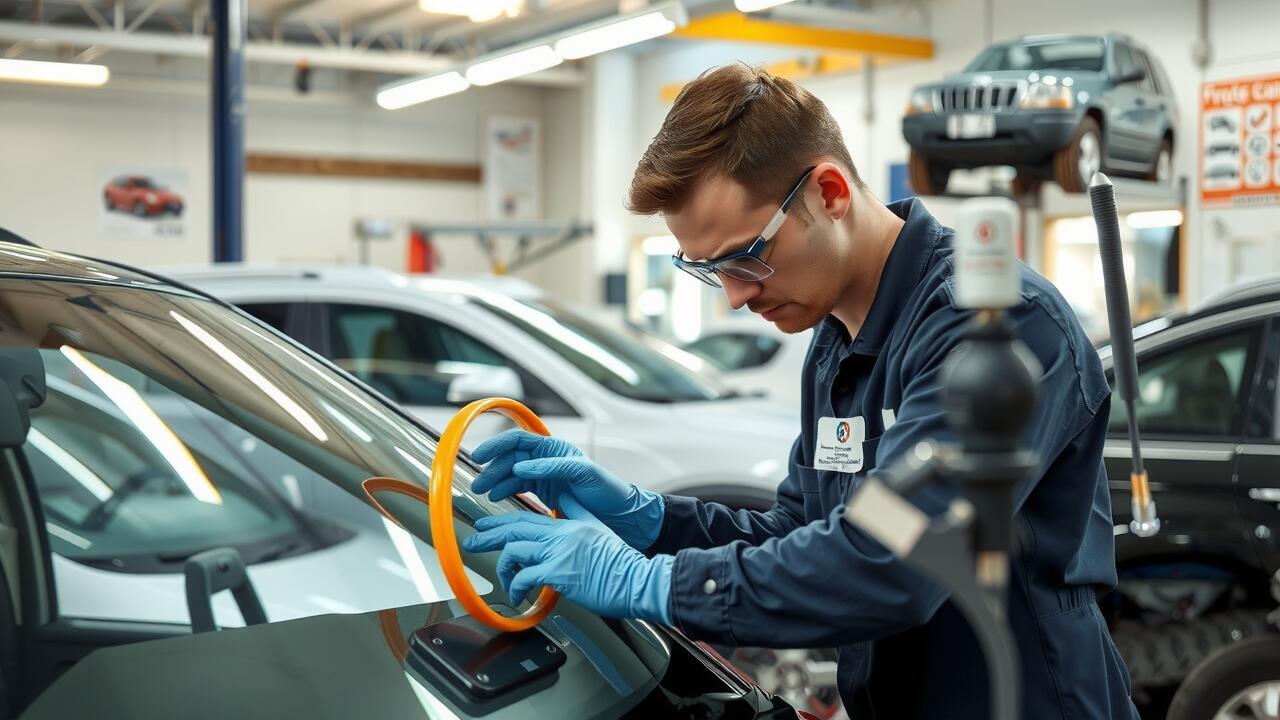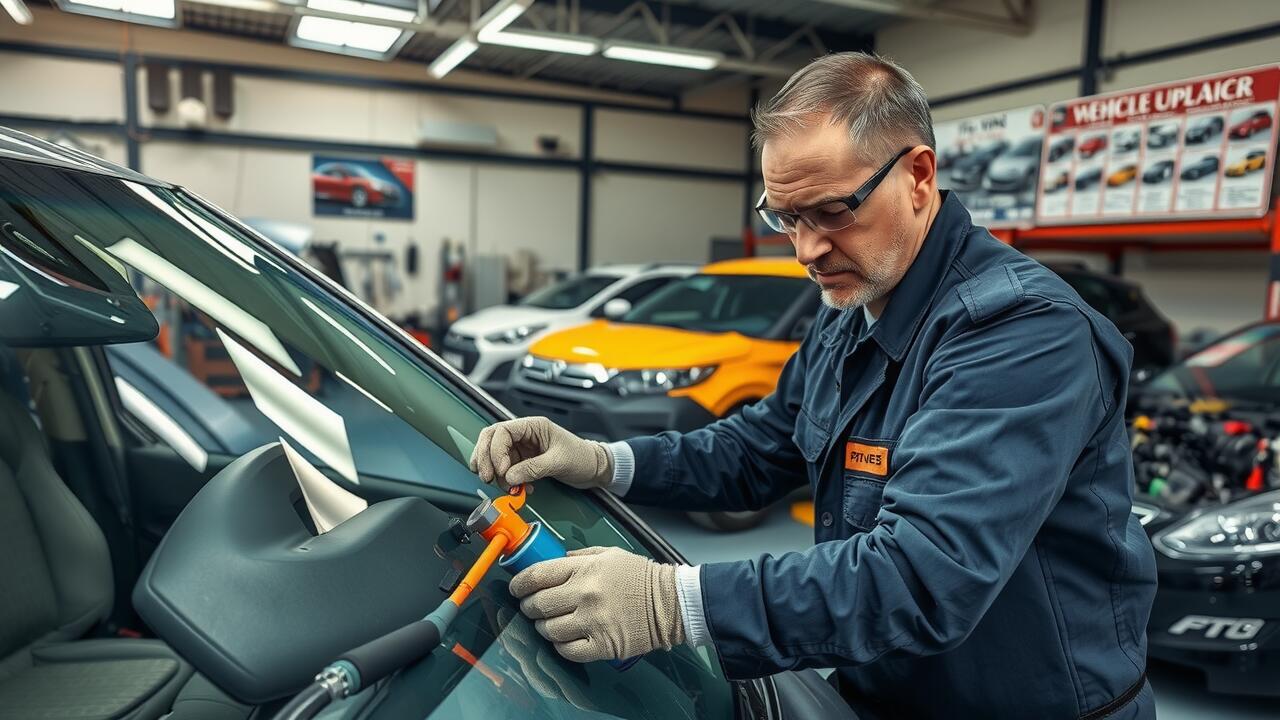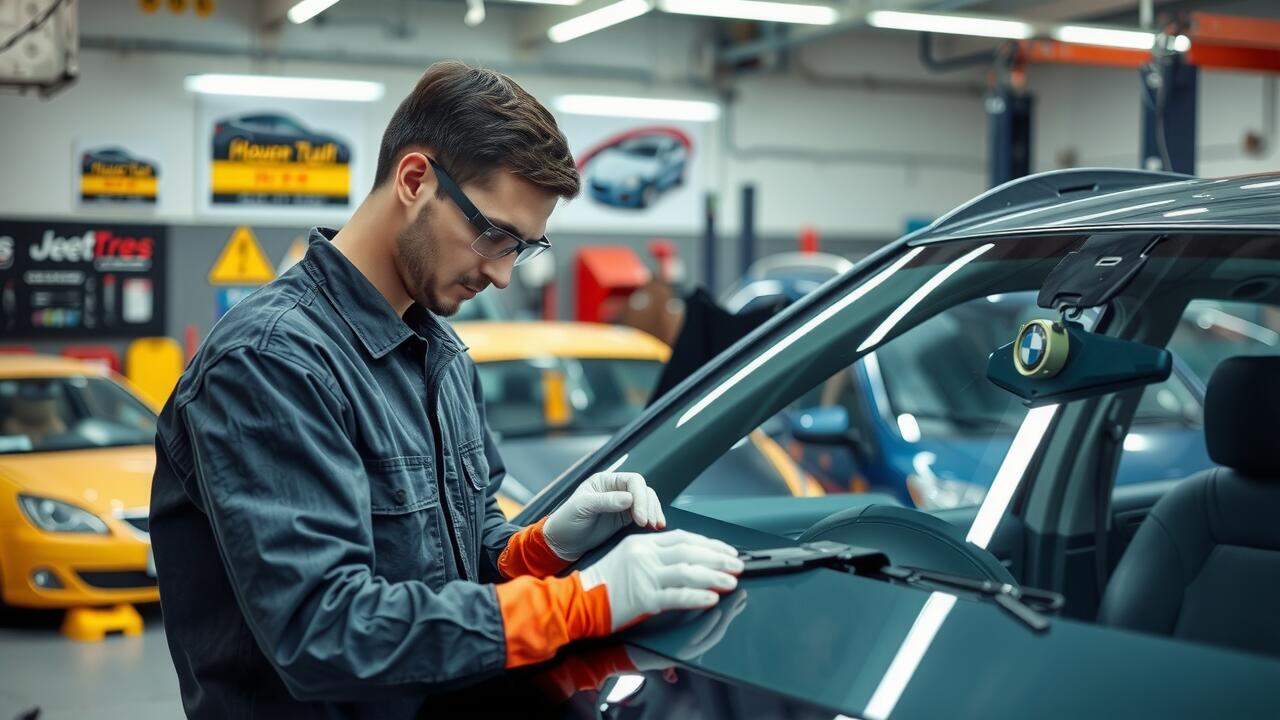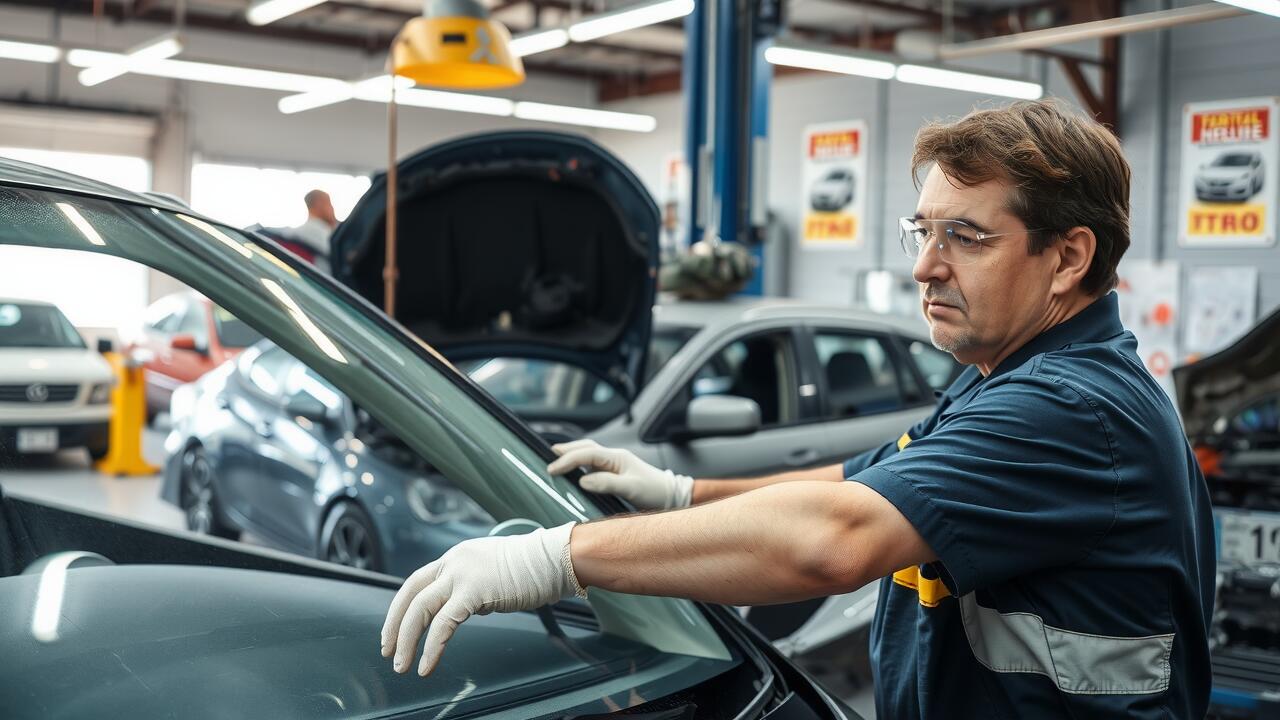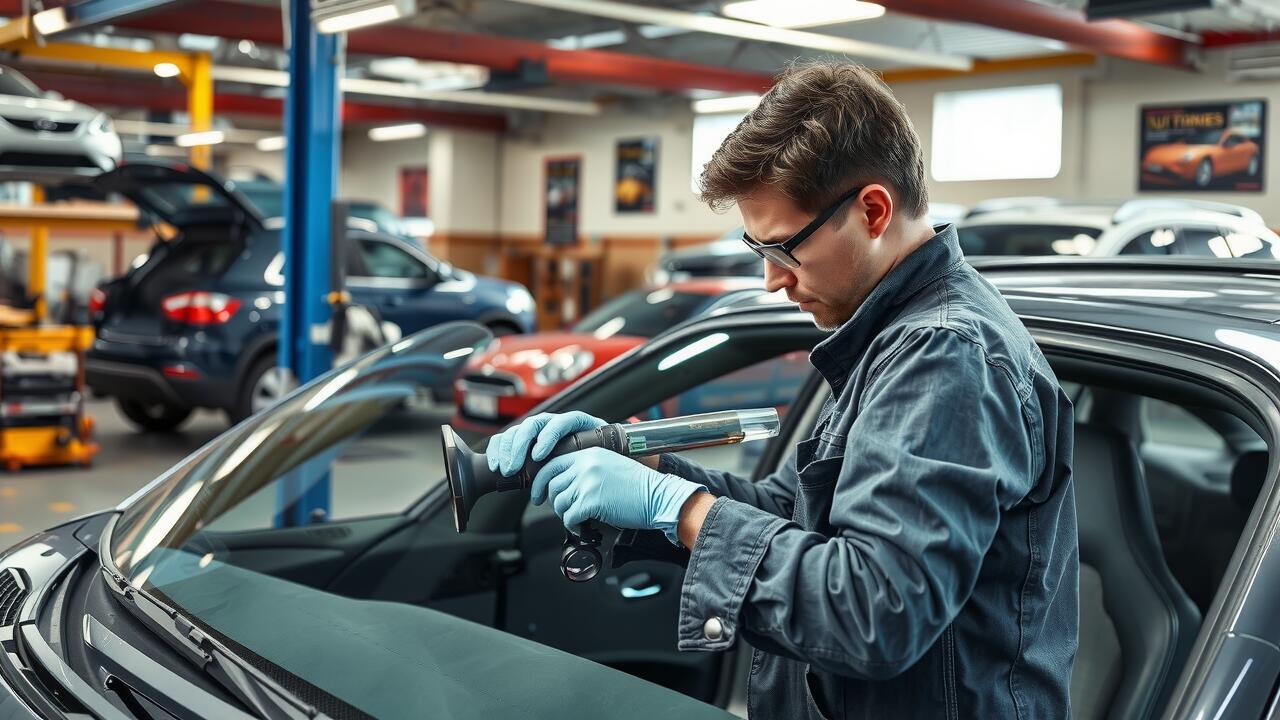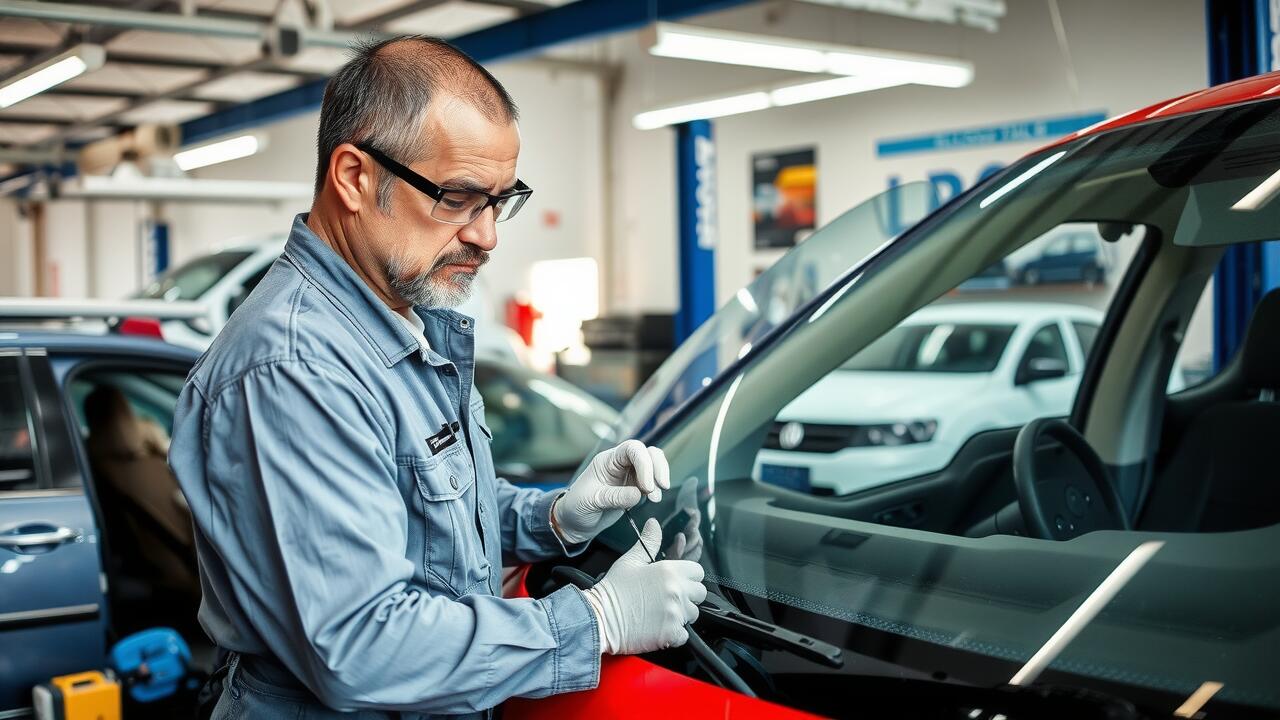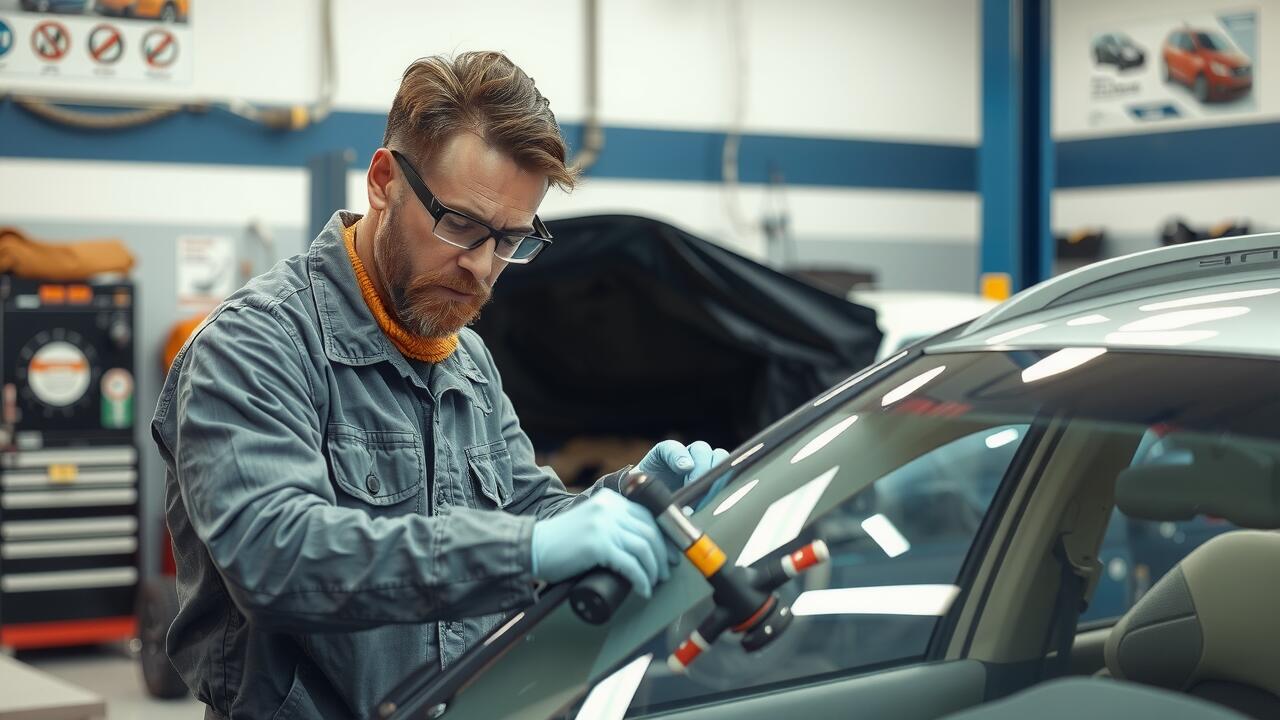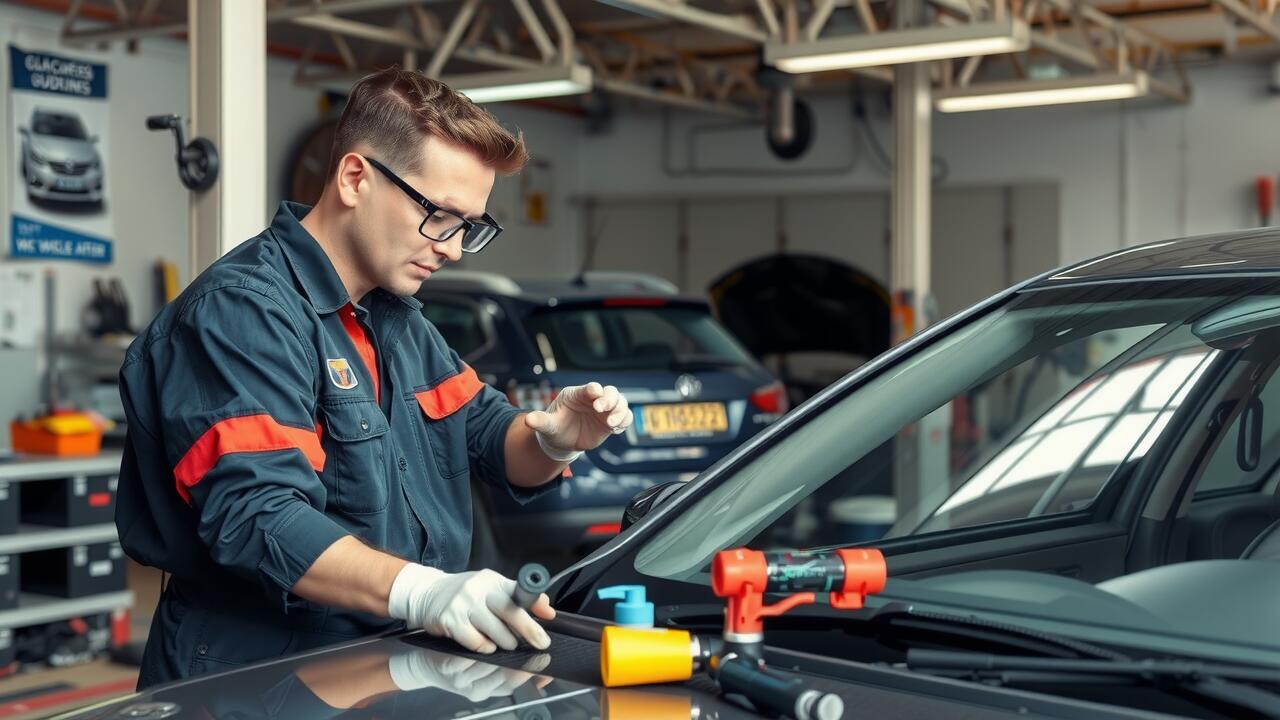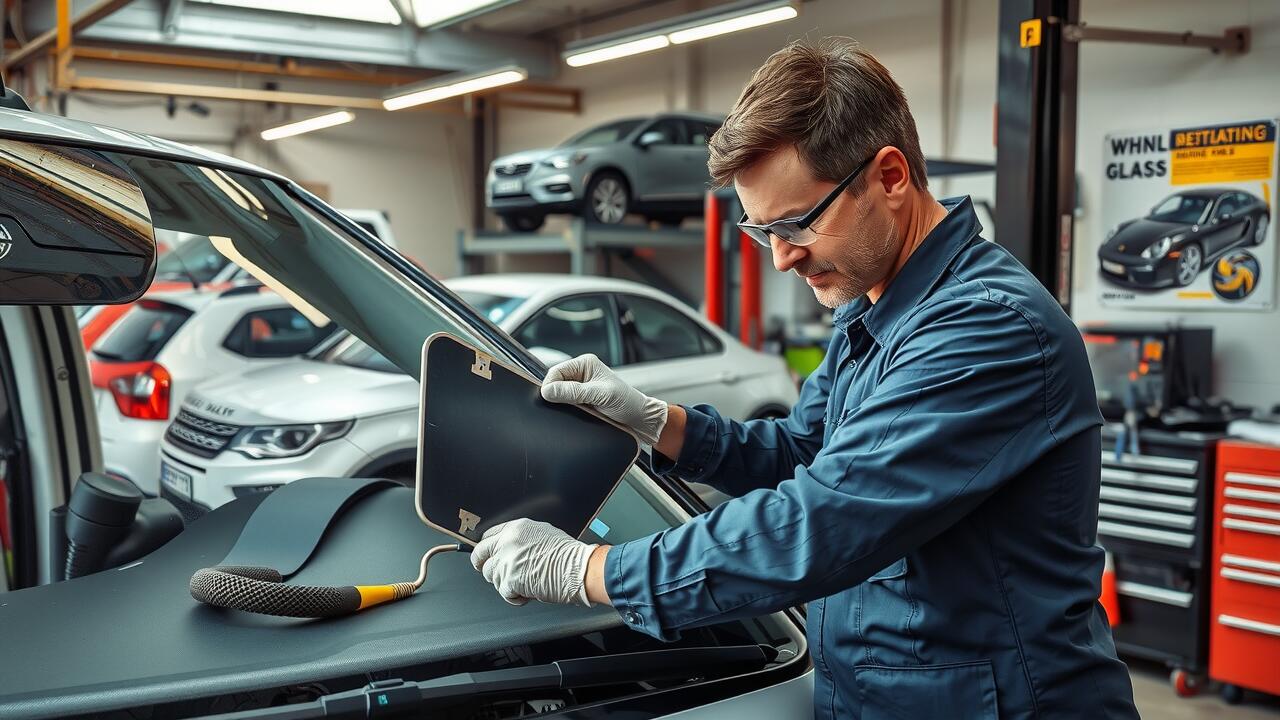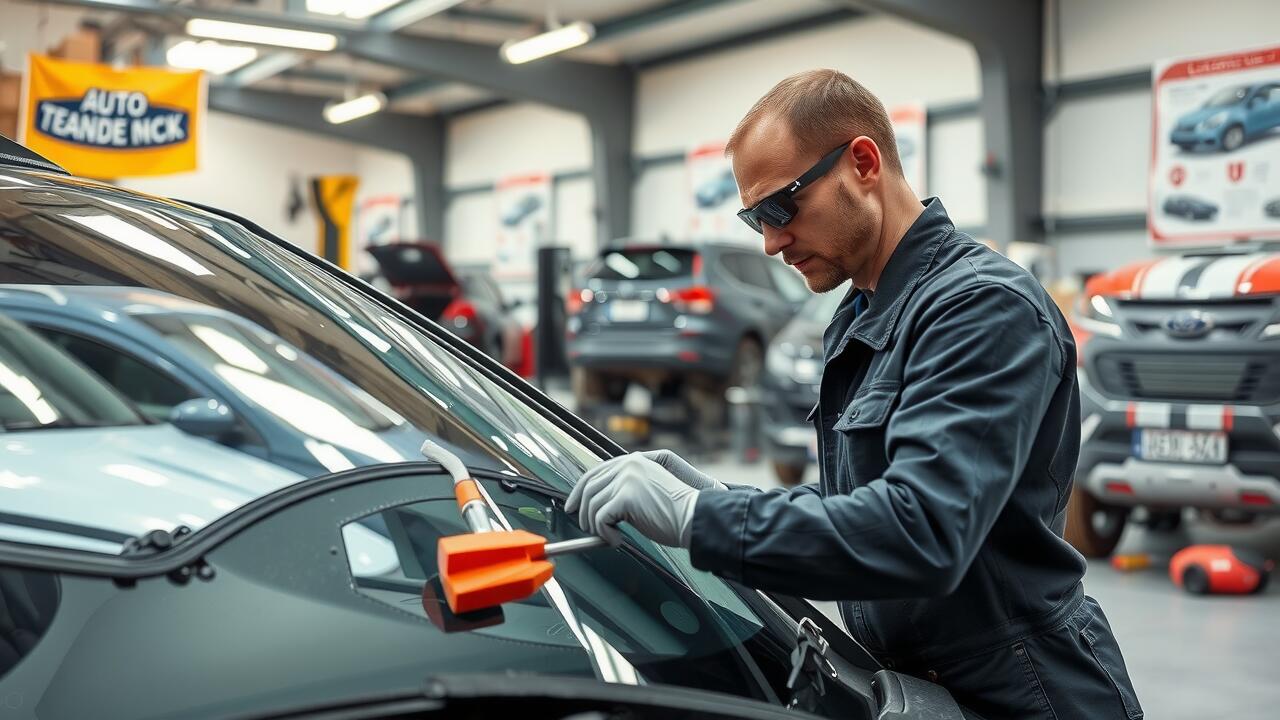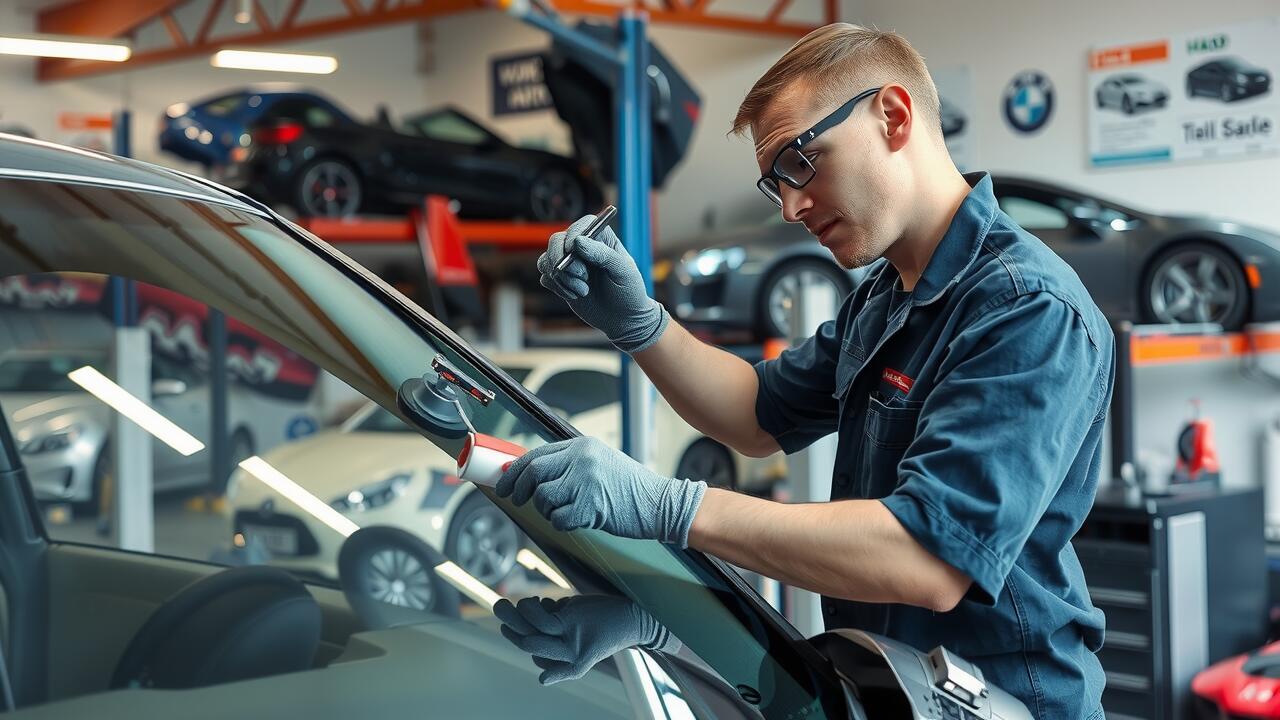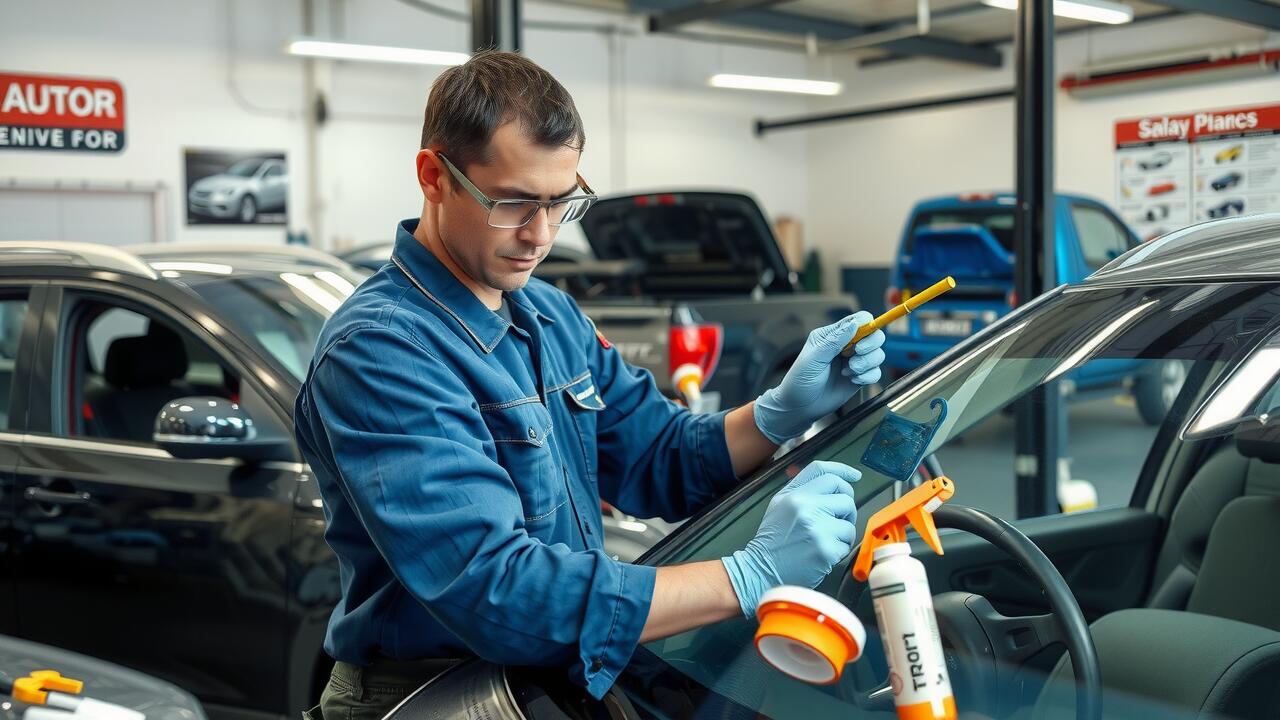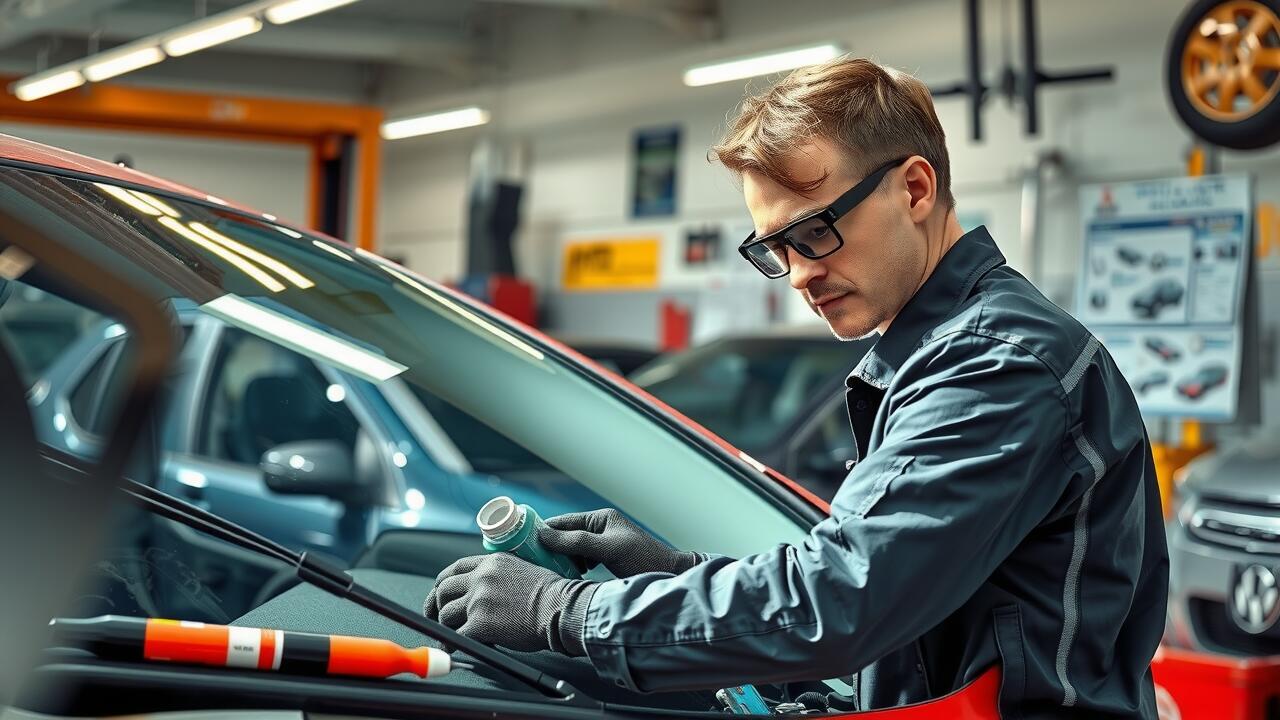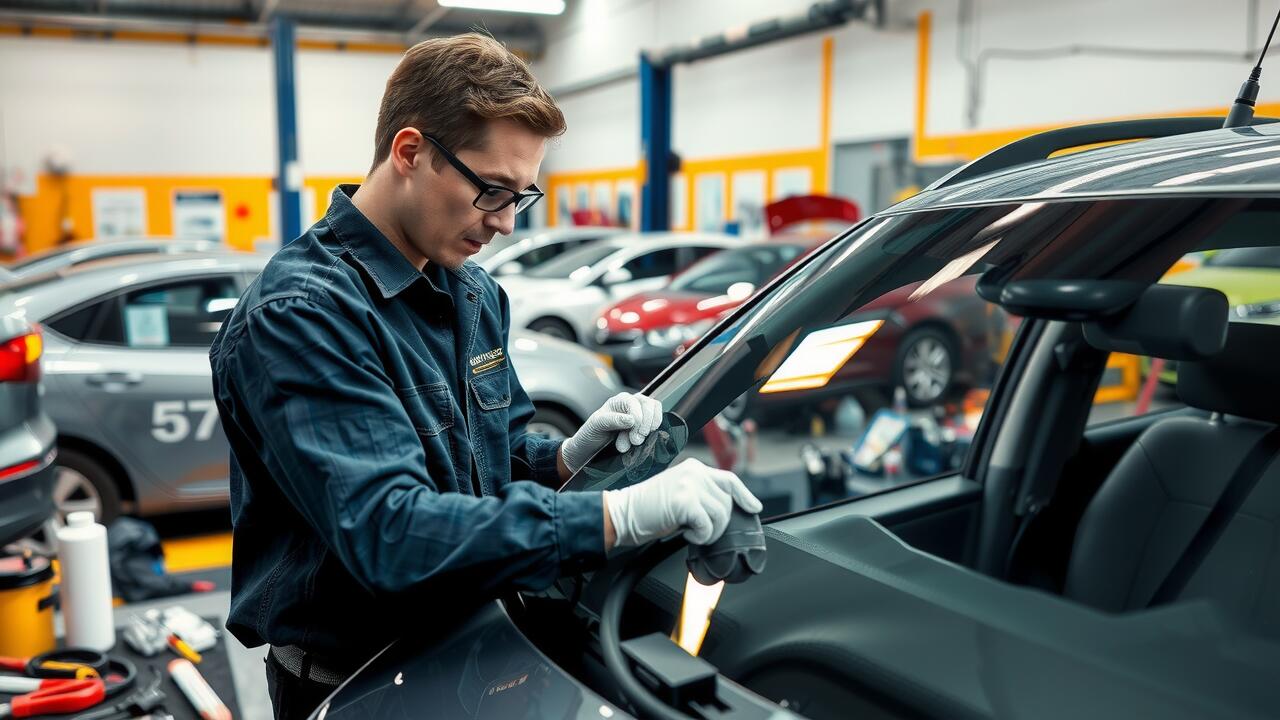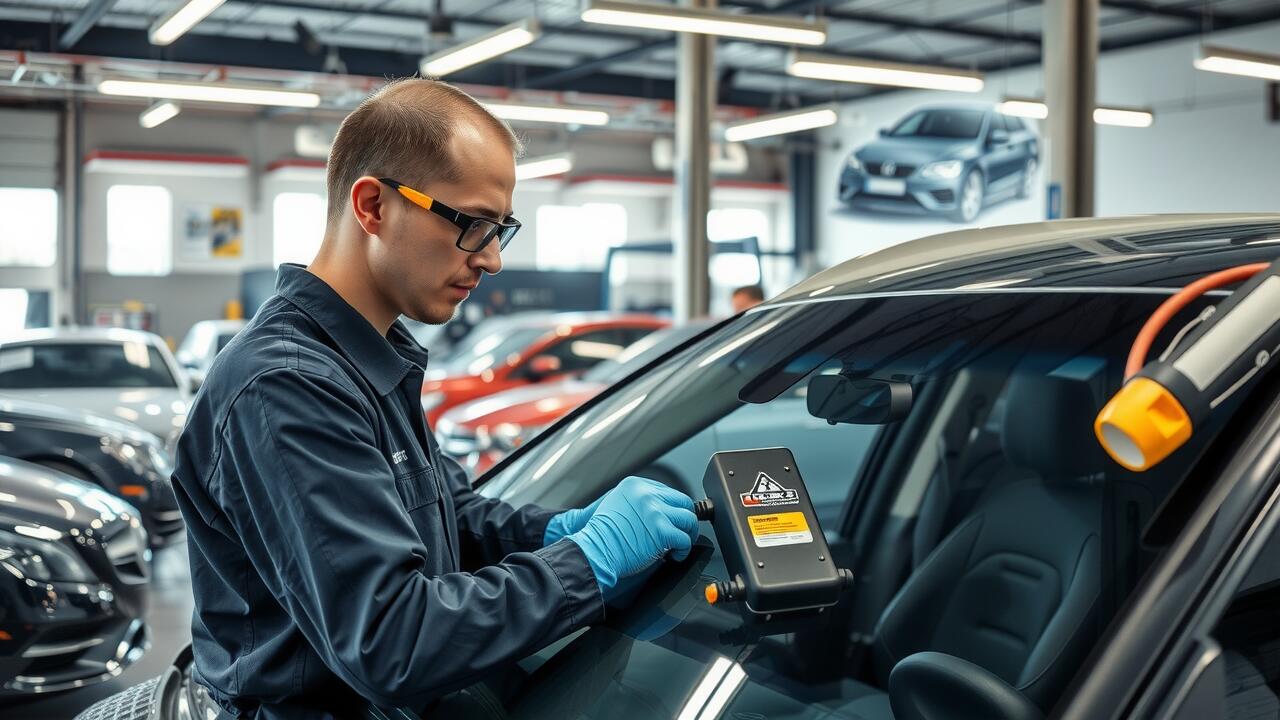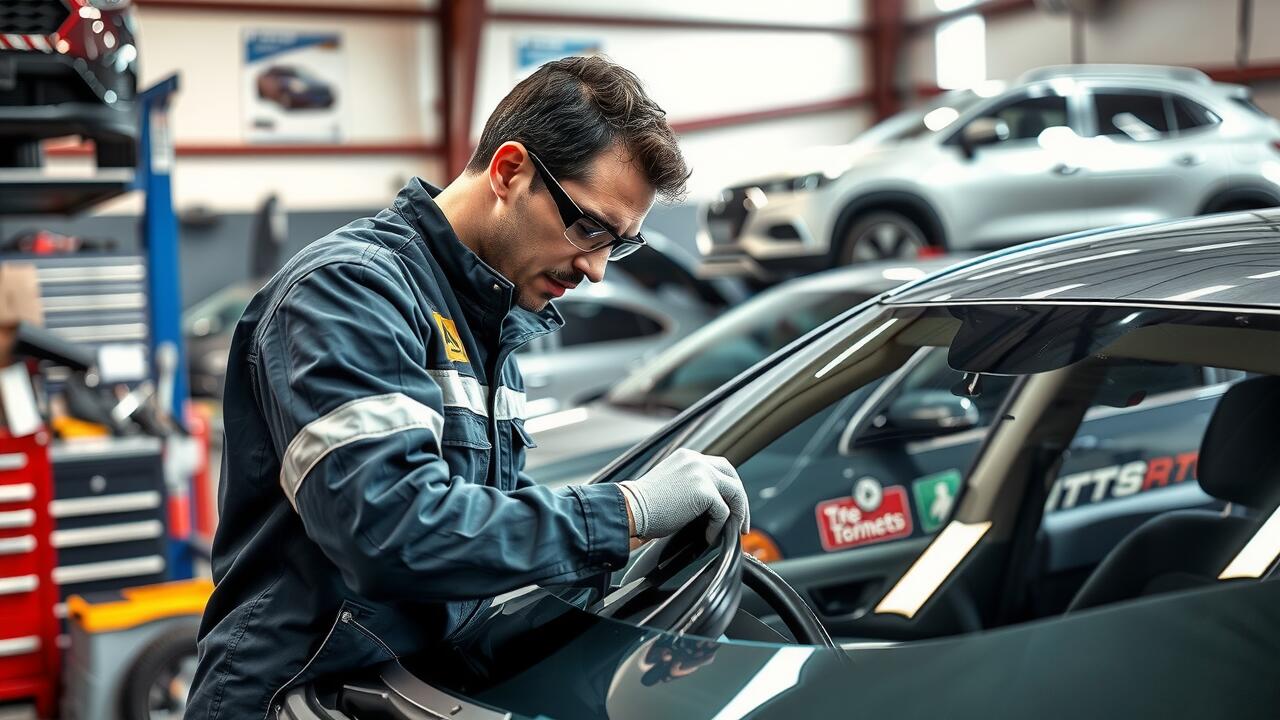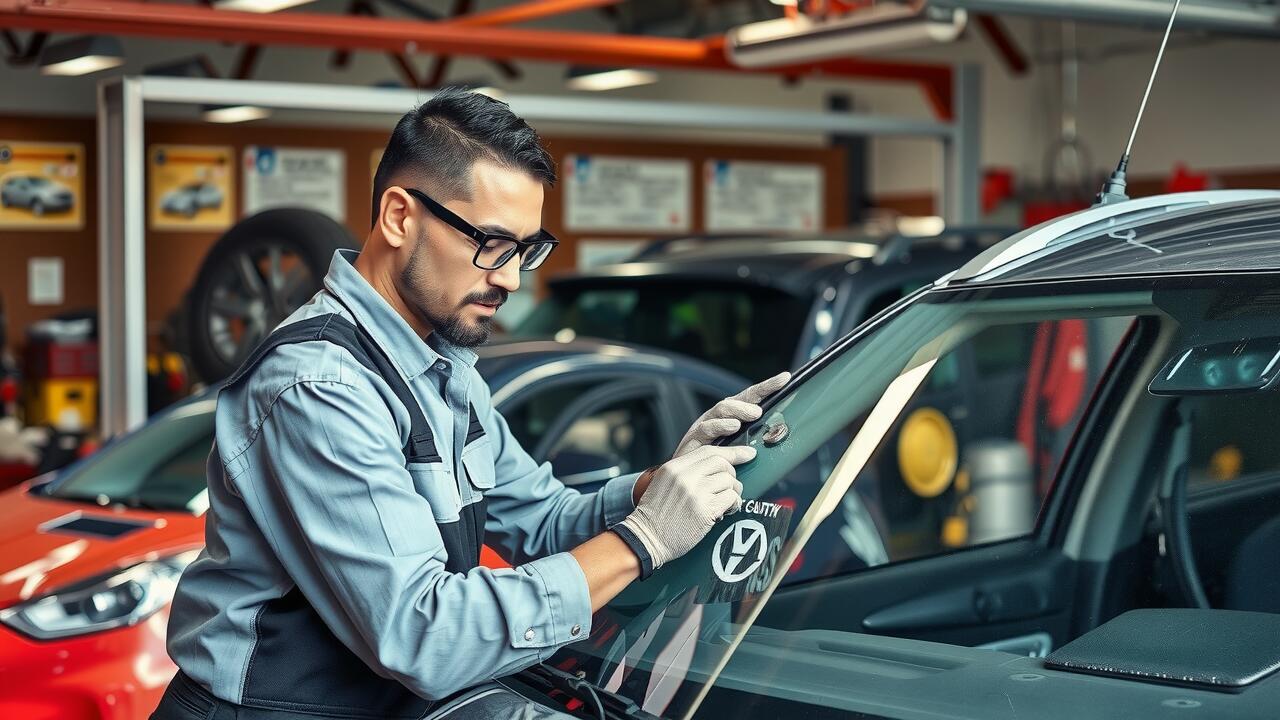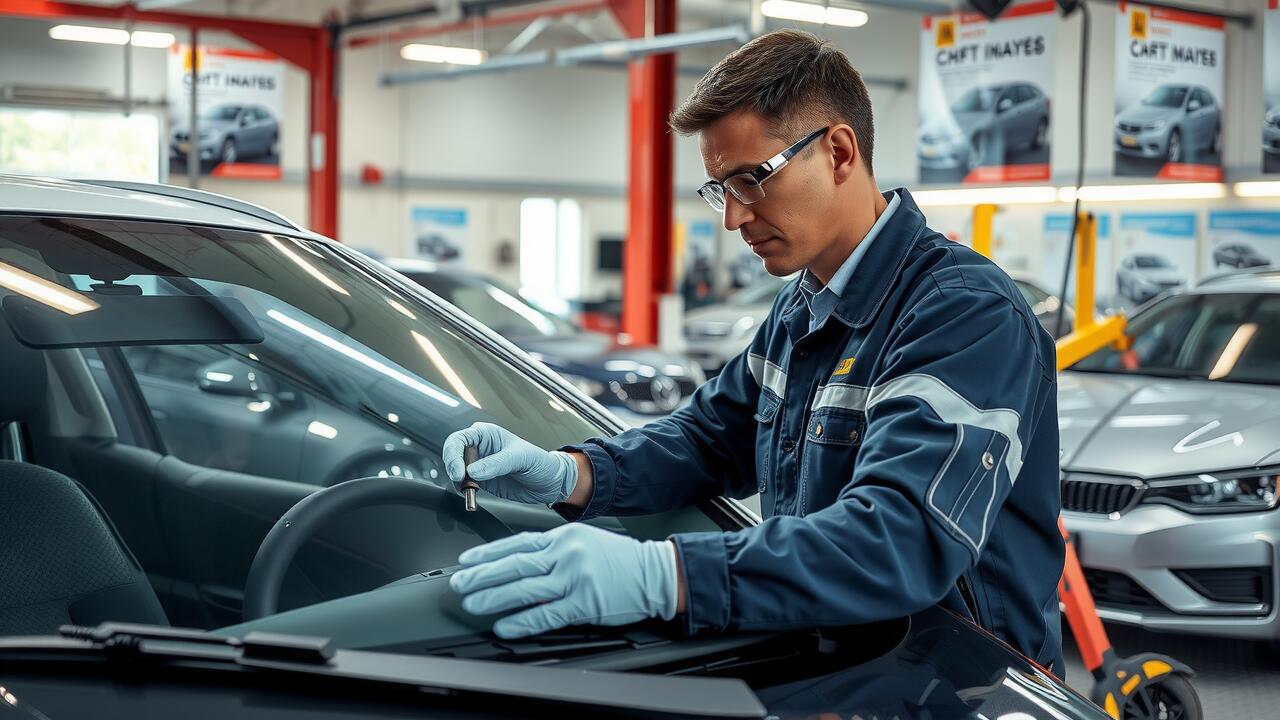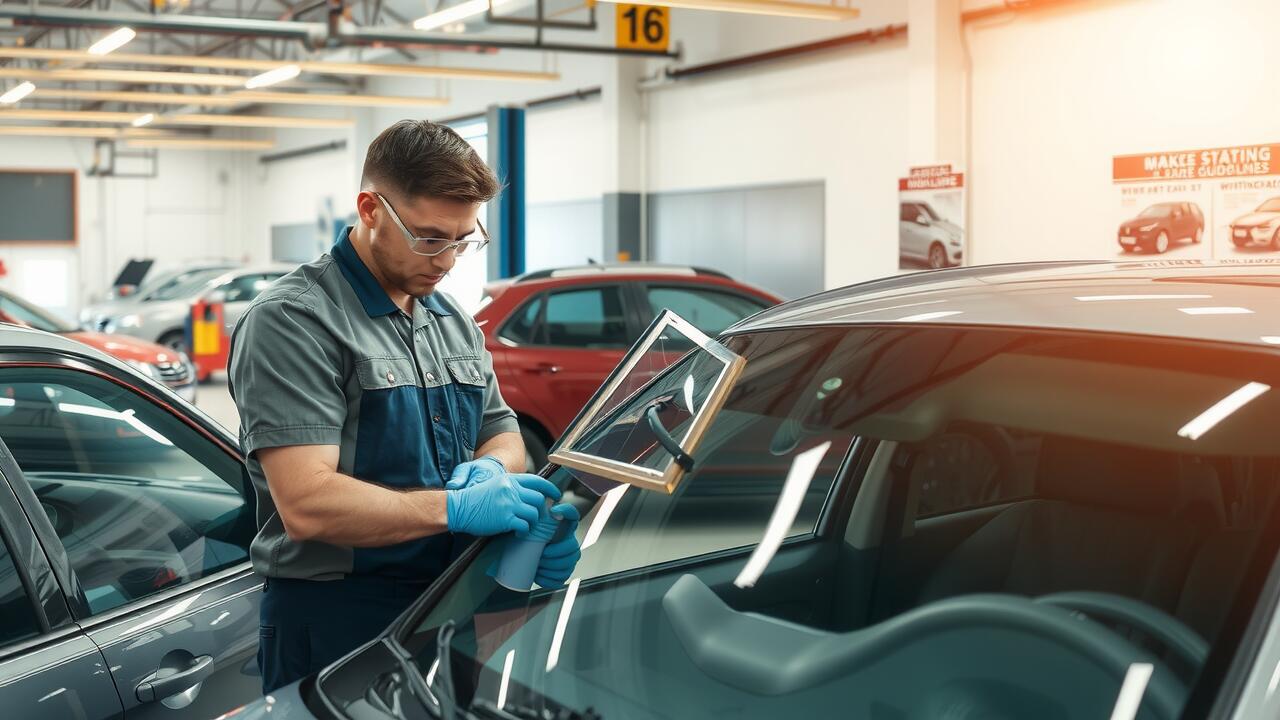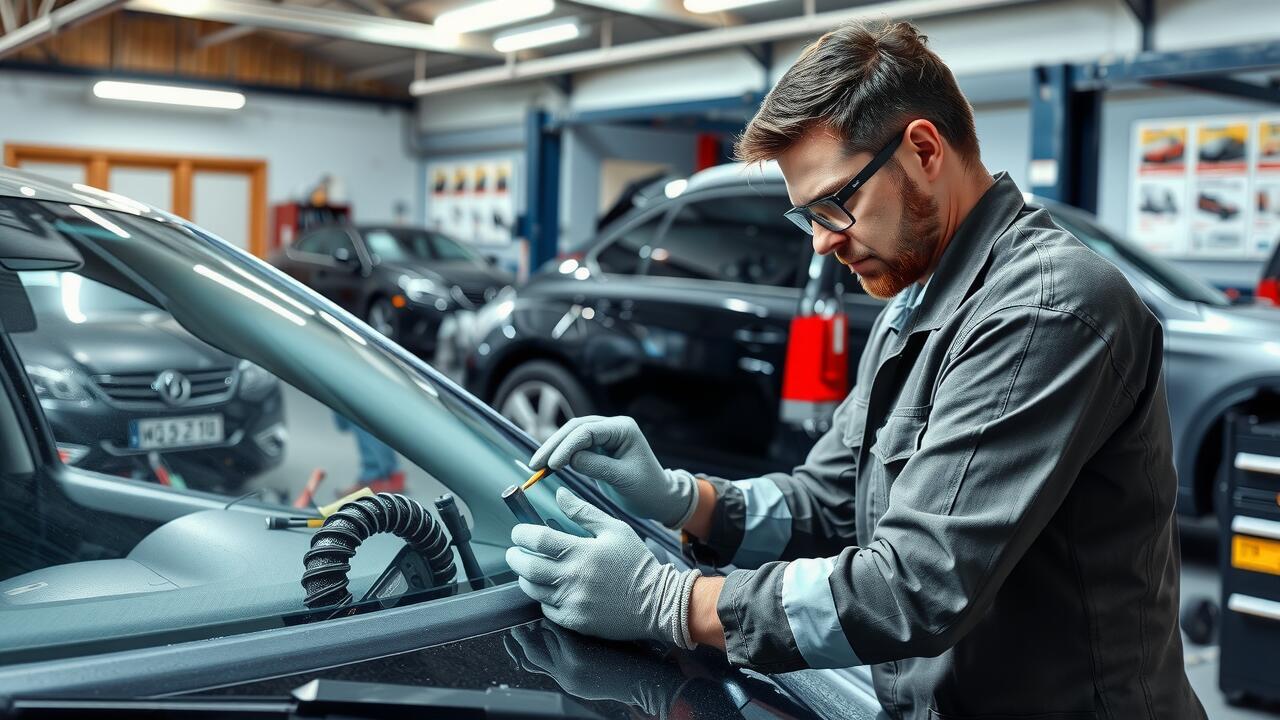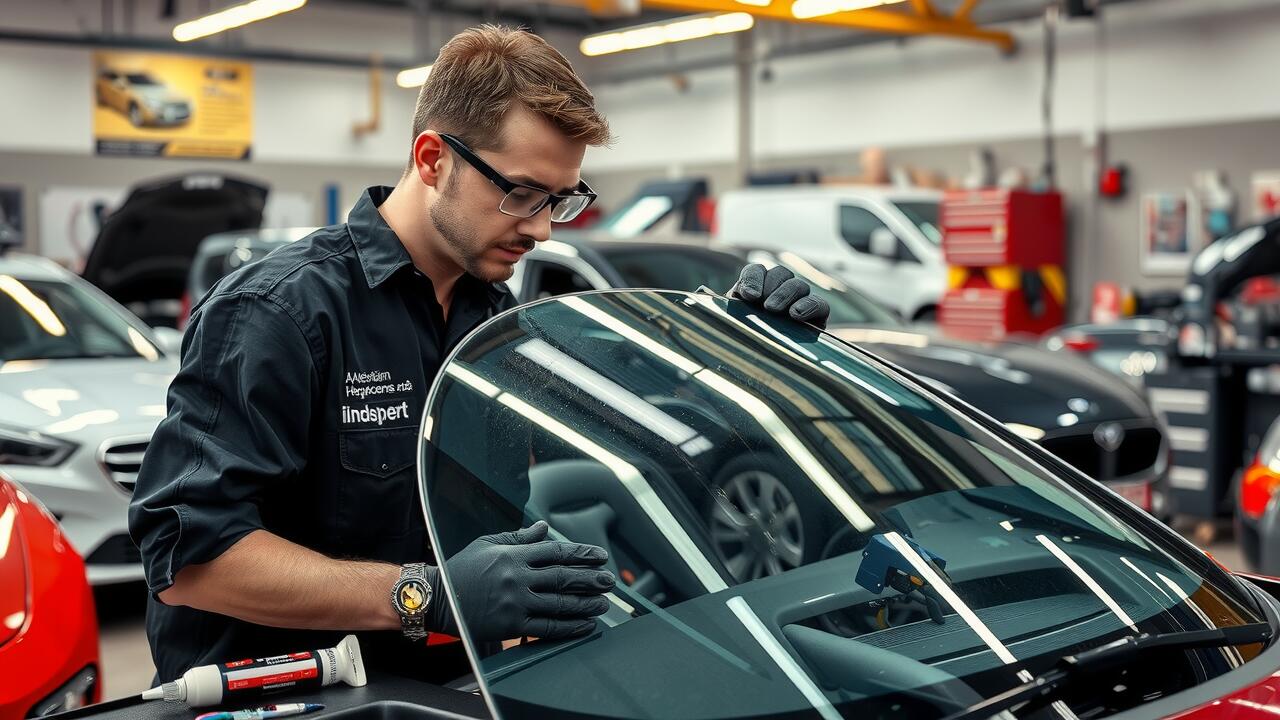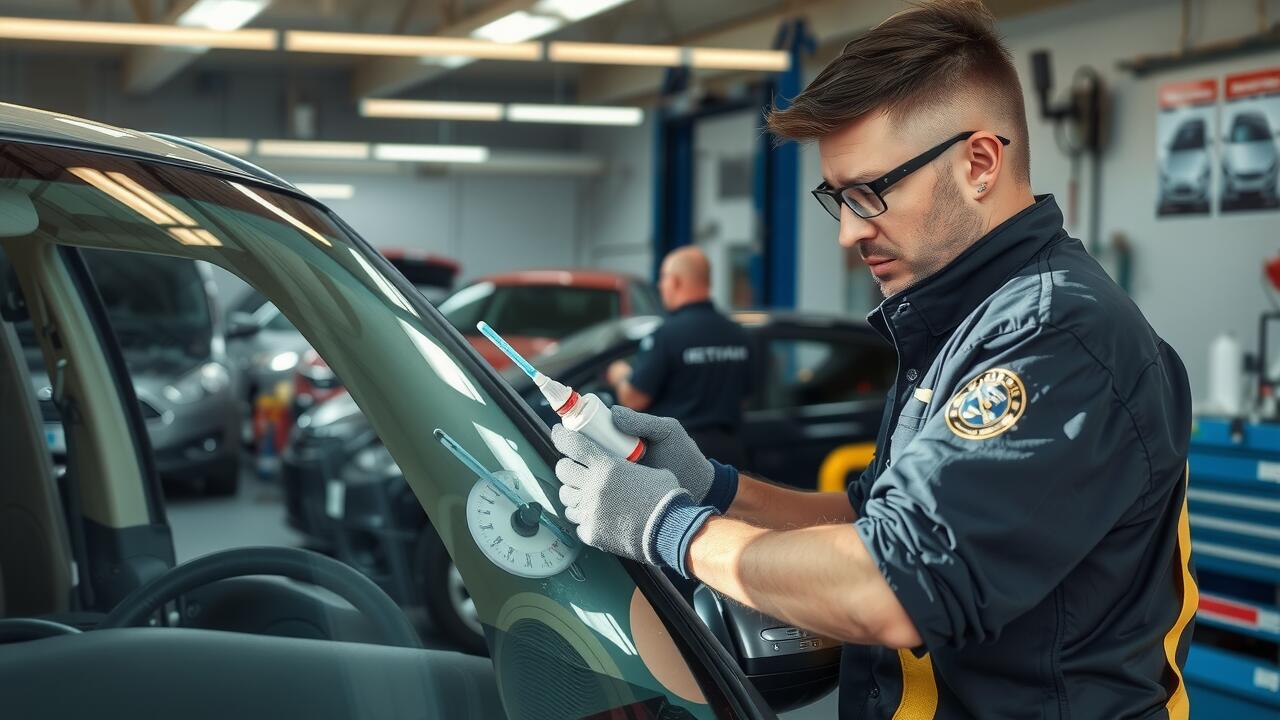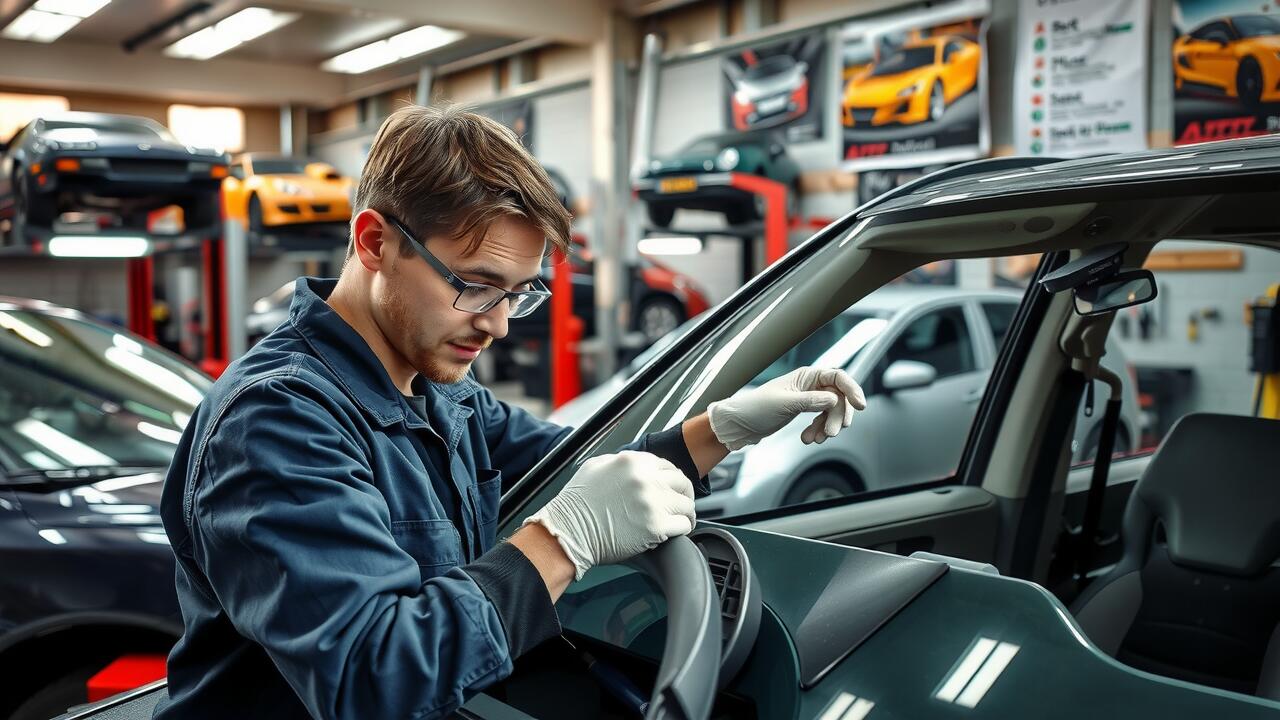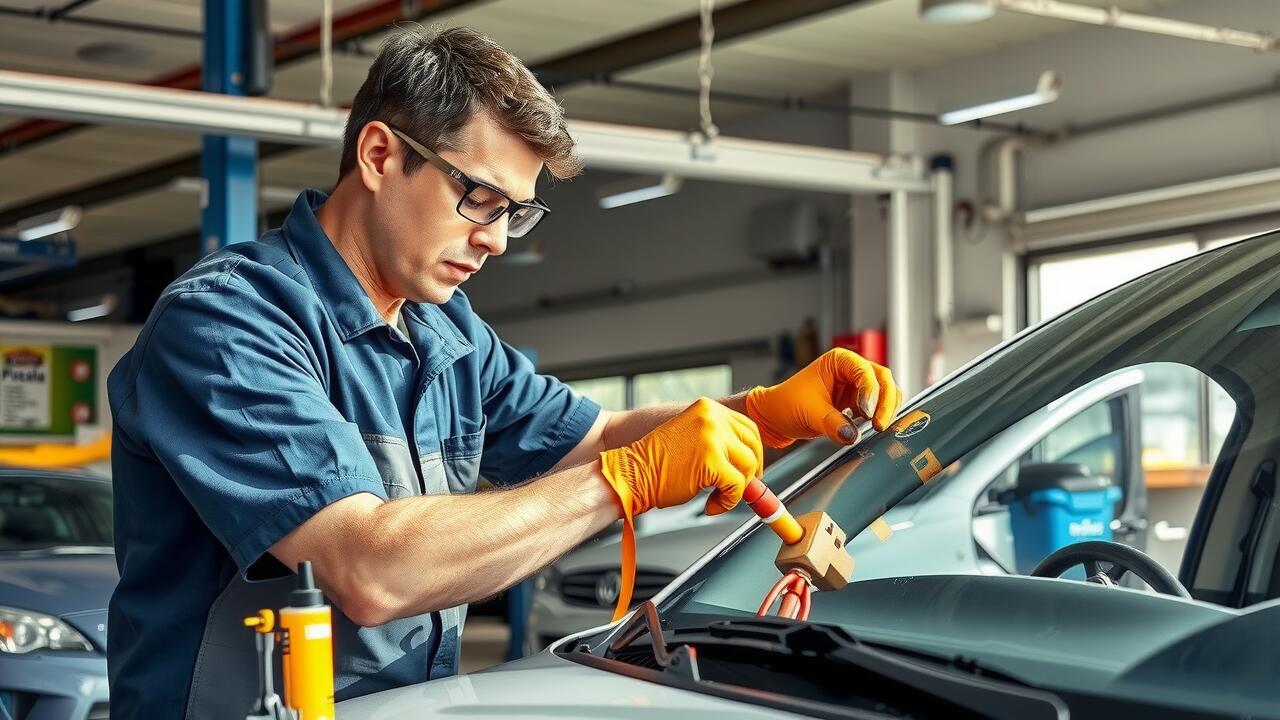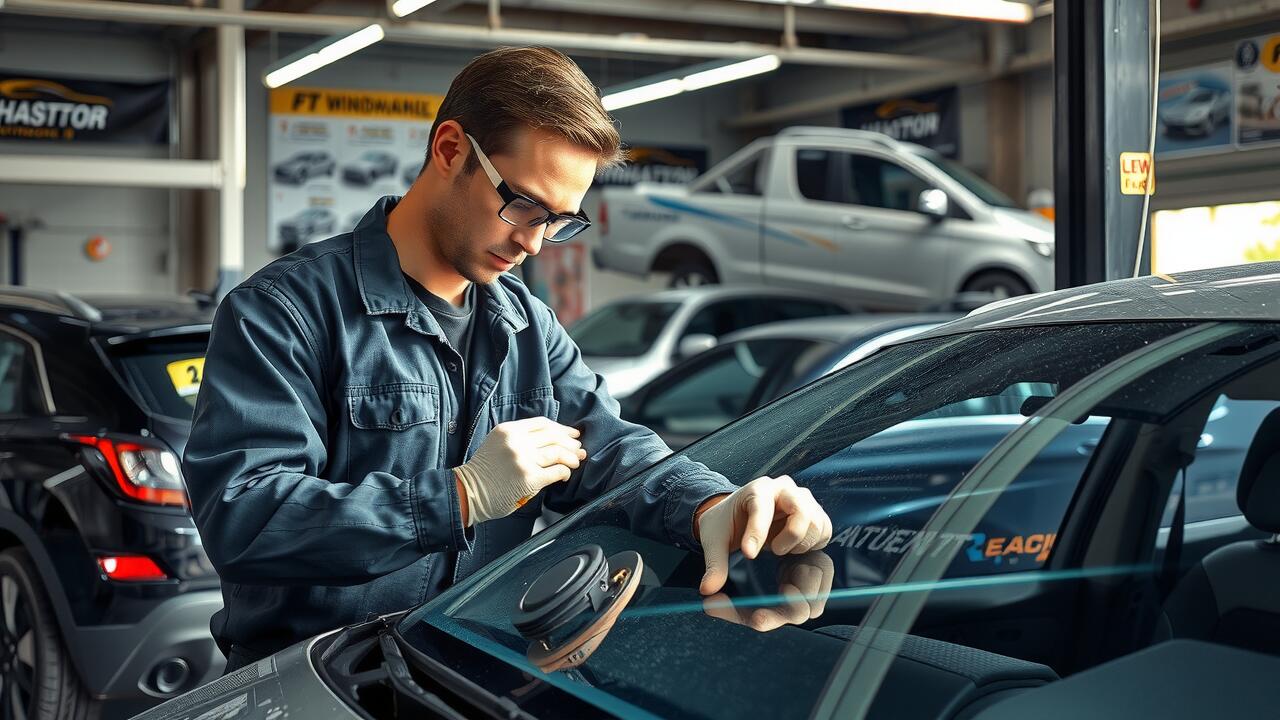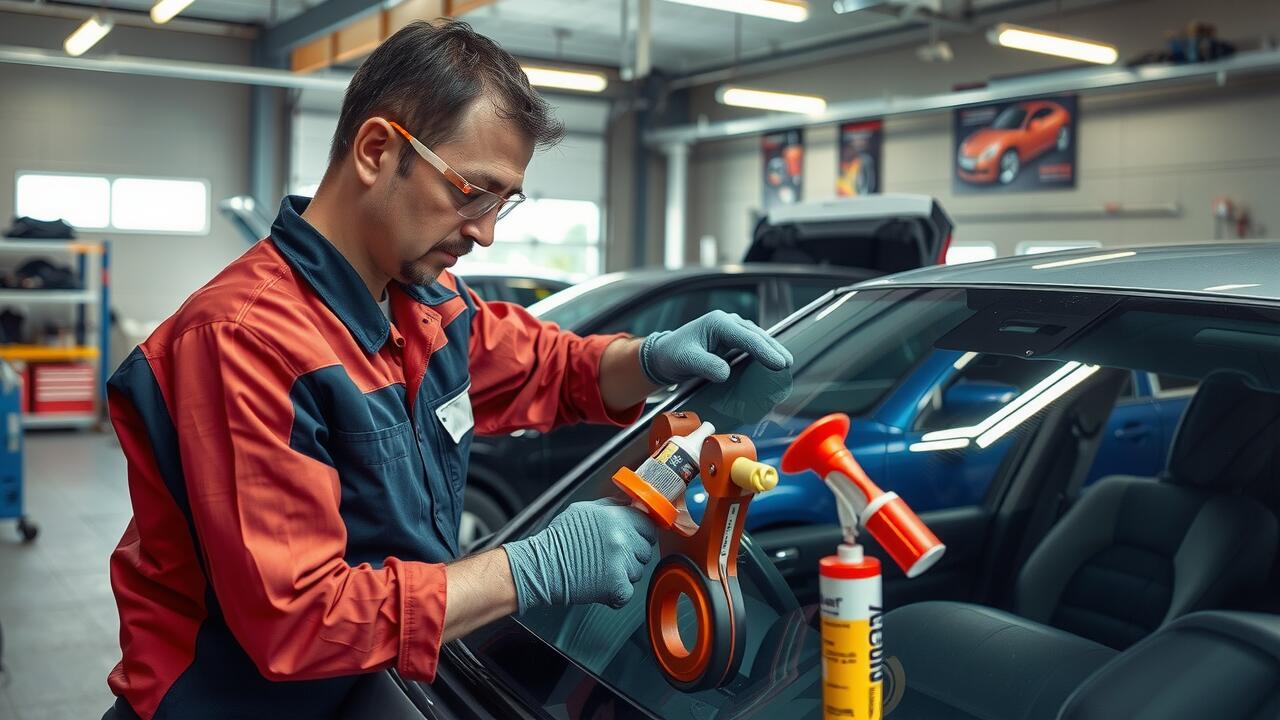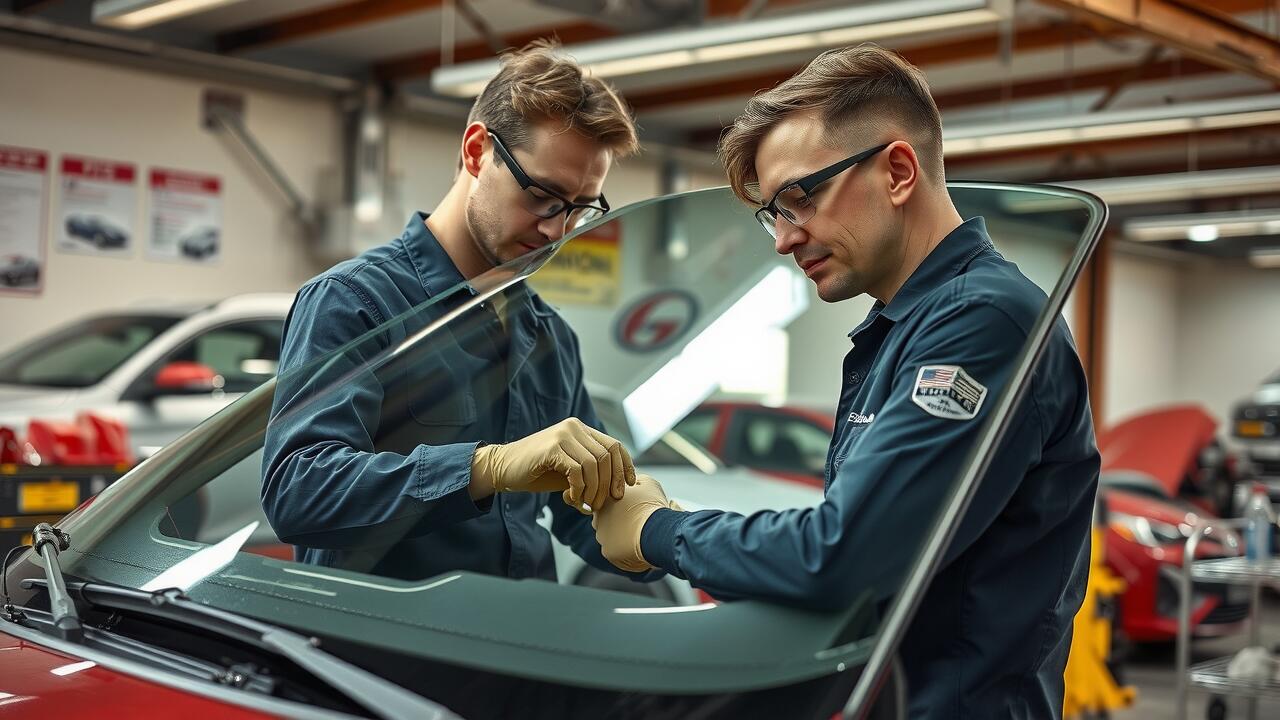
Table Of Contents
The Role of Speed in Crack Expansion
Speed can significantly impact the likelihood of a cracked windshield shattering while driving. As a vehicle accelerates, the vibrations and forces acting on the glass increase. A crack, especially a larger one, can expand rapidly under these conditions. The combination of speed and existing damage creates an environment where the structural integrity of the windscreen is compromised, potentially leading to sudden failure.
For this reason, it's essential to monitor any cracks and seek vehicle windscreen repairs promptly. Driving at high speeds with a compromised windscreen raises the risk of catastrophic failure. In such instances, not only is the safety of the driver and passengers at stake, but it can also obstruct visibility, further increasing the danger on the road.
How Driving Conditions Matter
Driving conditions play a significant role in how a crack in a vehicle windscreen may behave. Factors such as weather, road surface, and traffic can all influence the extent of the damage. For example, extreme heat can cause the glass to expand, while cold weather can make it contract. These changes can exacerbate existing cracks and potentially lead to further shattering. Conditions such as roadworks and potholes can introduce extra vibrations and shocks to the vehicle, which might worsen a cracked windscreen.
Moreover, inclement weather, such as heavy rain or hail, can also affect the safety of driving with a damaged windscreen. Visibility issues become pronounced in adverse weather, increasing the risk of an accident. In such scenarios, addressing the cracks promptly with vehicle windscreen repairs becomes crucial to ensure driver and passenger safety. By monitoring driving conditions and responding accordingly, drivers can better manage the risks associated with a compromised windscreen.
Legal Implications of Driving with a Crack
Driving with a cracked windscreen can have legal ramifications depending on local regulations. Many states and territories in Australia have specific laws governing vehicle visibility and safety. A significant crack may render a vehicle unroadworthy, leading to fines or penalties if stopped by law enforcement. In some instances, if the crack obstructs the driver's view, authorities may consider it a serious offence.
Insurance companies may also take issue with driving a vehicle that has a compromised windscreen. If an accident occurs, claims could be affected if the presence of a crack is deemed to contribute to the incident. Therefore, it’s advisable to address vehicle windscreen repairs promptly. This not only helps maintain safety and compliance with regulations but also protects a driver’s insurance coverage in the long run.
Understanding Local Regulations
Local regulations regarding vehicle windscreen repairs can vary significantly between different states and territories in Australia. It is crucial for drivers to be aware of the specific laws governing the repair or replacement of cracked or damaged windscreens in their area. Some jurisdictions may not permit driving with certain types of cracks, particularly those that obstruct the driver’s view. Understanding these regulations helps ensure compliance and promotes road safety.
In addition to the general rules, drivers should also be familiar with the requirements set forth by their car insurance policies. Many insurance providers have specific guidelines regarding vehicle windscreen repairs, including what qualifies for coverage and whether repairs can be carried out by any licensed technician. Ensuring that the chosen repair service meets local standards not only helps to protect drivers from potential fines but also supports the reliability of the repairs made to their vehicle windscreens.
Signs Your Windshield Needs Replacement
Recognising the signs that indicate a need for replacement of your vehicle windscreen is crucial for safety. A crack that spans more than 15 centimetres often necessitates immediate action. Chips that disrupt the driver’s line of sight also pose significant risks and should not be ignored. These types of damage can compromise the structural integrity of the windscreen, affecting both visibility and overall safety during driving.
In addition to size and location, the age of the damage plays a role in determining if a replacement is needed. Older cracks can expand due to temperature fluctuations or stress on the glass. Regular inspections can help catch these issues before they worsen. Engaging in timely vehicle windscreen repairs ensures that you maintain a safe driving environment for yourself and others. Ignoring these signs only increases the chances of more severe issues arising later on.
Identifying Critical Damage
Cracks and chips on a vehicle windscreen can compromise the structural integrity and safety of the glass. It is crucial to identify critical damage early to avoid potential risks while driving. A crack longer than 15 centimetres or one that is deep enough to penetrate multiple layers of glass should raise immediate concerns. Chips larger than a 20 cent piece are also significant indicators that the windscreen may need more than a simple repair.
Additionally, the location of the damage plays a vital role in determining whether a repair is possible. Cracks situated in the driver's line of sight or edges of the windscreen are often deemed critical and may require a complete replacement. If the damage obstructs visibility or affects the vehicle’s structural support, seeking professional vehicle windscreen repairs is essential for ensuring driver and passenger safety.
FAQS
Can a cracked windshield shatter while driving?
Yes, a cracked windshield can shatter while driving, especially if the crack is severe or if the vehicle encounters sudden temperature changes or impacts.
What factors contribute to the likelihood of a cracked windshield shattering?
Factors such as speed, driving conditions, the size and location of the crack, and temperature fluctuations can all contribute to the risk of the windshield shattering.
Are there any legal consequences for driving with a cracked windshield?
Yes, driving with a cracked windshield can lead to legal repercussions, including fines, as it can be considered an unsafe driving condition under local regulations.
How can I tell if my windshield needs to be replaced?
Signs that your windshield needs replacement include large cracks, chips that obstruct your view, or if the integrity of the glass seems compromised (e.g., multiple cracks or spreading damage).
What should I do if my windshield cracks while driving?
If your windshield cracks while driving, find a safe place to pull over, assess the damage, and get it repaired or replaced as soon as possible to ensure your safety on the road.
